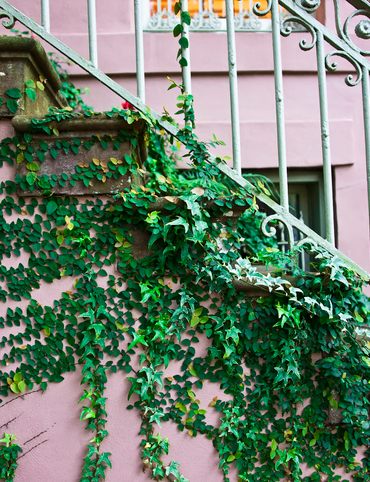10 unexpected places wine lovers should visit in the picturesque, lesser-known regions of Catalonia, Spain
Gastro Obscura’s Guide to Sipping Wine in Catalonia
Looking for a surprising and scenic backdrop to sip on some extraordinary wines? Enter: Catalonia. A less obvious choice than, say, Bordeaux or Tuscany, Catalonia has no fewer than 300 wineries spread across 12 designated regions (or denominaciones de origen) in an area the size of Maryland. That’s a lot of grapes per square mile. Nine wine routes have been specially developed to show off the best of each one. Here are 10 experiences in the DO Penedès Wine Route, the DOQ Priorat Wine Route, the DO Alella Wine Route, the DO Empordà Wine Route and the DO Pla de Bages Wine Route to explore some of the most quaffable wines in the region.
Most famous as the home of Spanish bubbly, or cava, the green rolling hills of DO Penedès, with their endless lines of vines and spectacular mountain views, are just a short drive from central Barcelona.
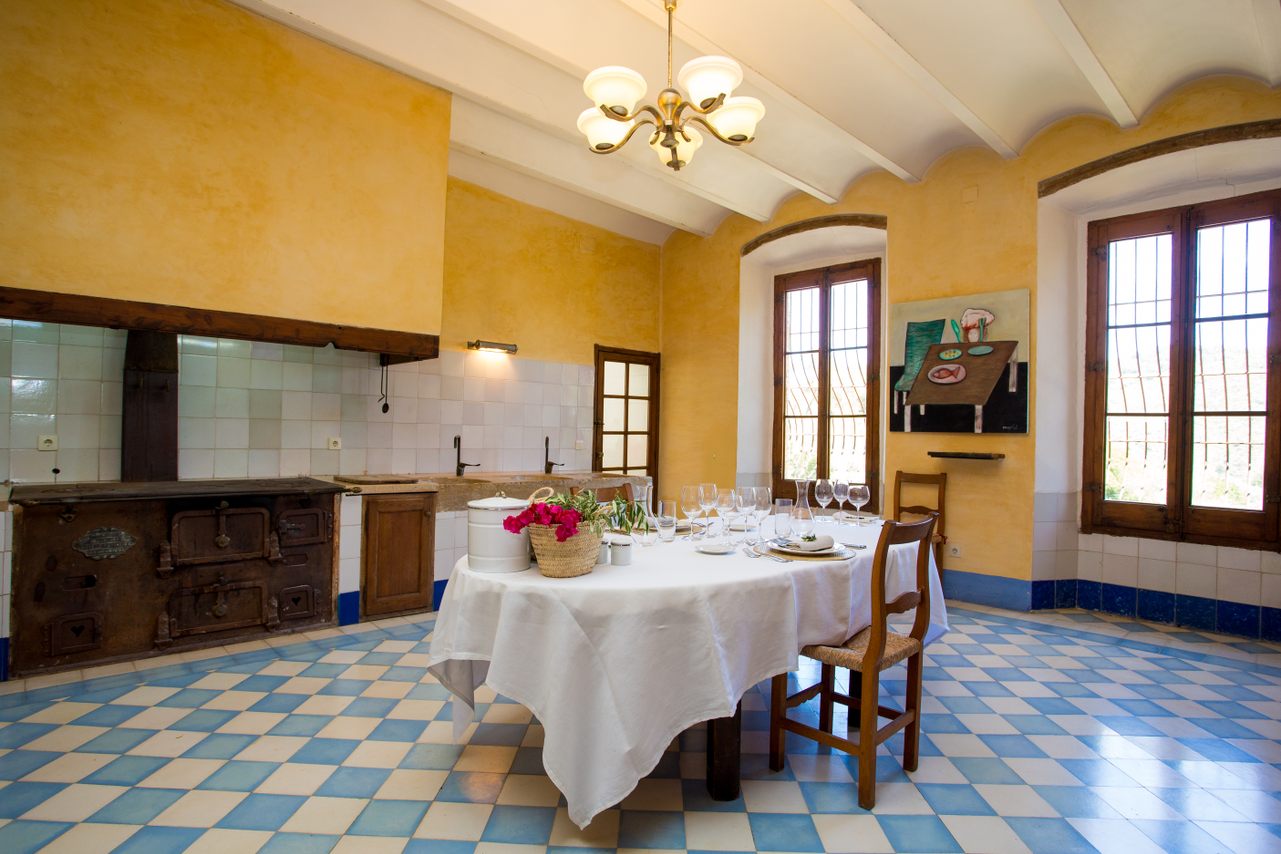
1. Can Ràfols dels Caus
Had it not been for Carlos Esteva, this idyllic spot now home to one of Can Ràfols dels Caus’ vineyards might have been turned into a cement quarry. When Esteva arrived here on what used to be his grandfather’s farm, in 1979, he discovered a derelict 17th-century farmhouse and an arid plot of land so barren it seemed beyond saving. Today, this beautifully restored winery set 1,000 feet above sea level on the Garraf coast produces some of Catalonia’s most celebrated wines, from the Gran Caus range to the latest addition of Terraprima – wines made from grapes grown on that very same plot that was destined to become a quarry. Visitors can have breakfast in the centuries-old farmhouse before visiting the cellar built into the rock and tasting the wines.
Masia Can Ràfols dels Caus, 08793 Barcelona, Spain
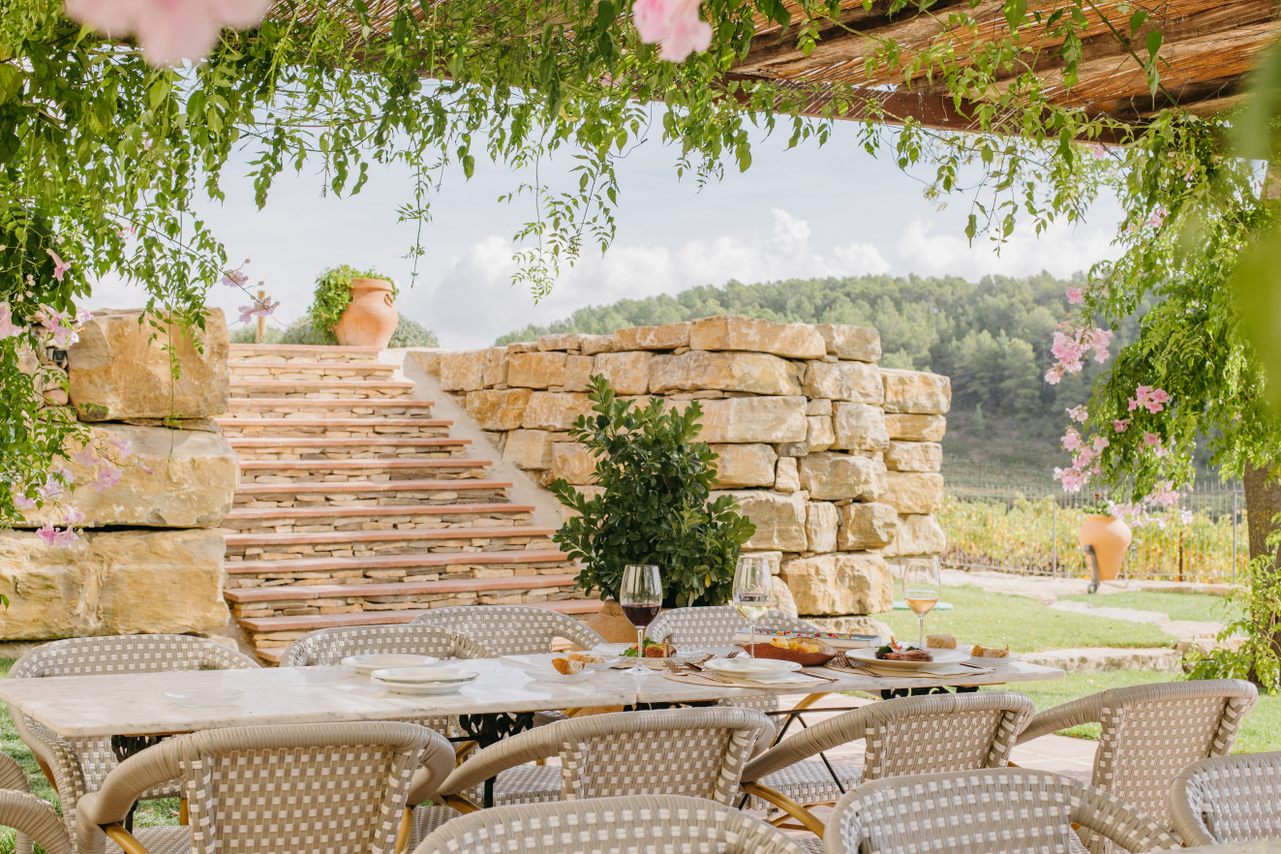
2. Montrubí
Wine tasting can be a grueling, glorious business and there invariably comes a point where you need a little nap. Don’t fret, Montrubí has you covered. This family-owned, organic winery invites its guests to snuggle up in Boutique Hotel Casa Gran 1771, a 10-room boutique hotel located on the same premises as the winery. This is also the place to sample the Sumoll grape, a little-known black variety, native to Catalunya that is almost extinct – or at least it was until it was championed by a small handful of wineries, including Montrubí. Under the guidance of Josep Queralt, a local winemaker who grew up in the village, the winery was one of the pioneers in in reintroducing Sumoll red wines, with its Gaintus (100% Sumoll) making a considerable contribution to their resurgence.
08736 L'Avellà, Barcelona
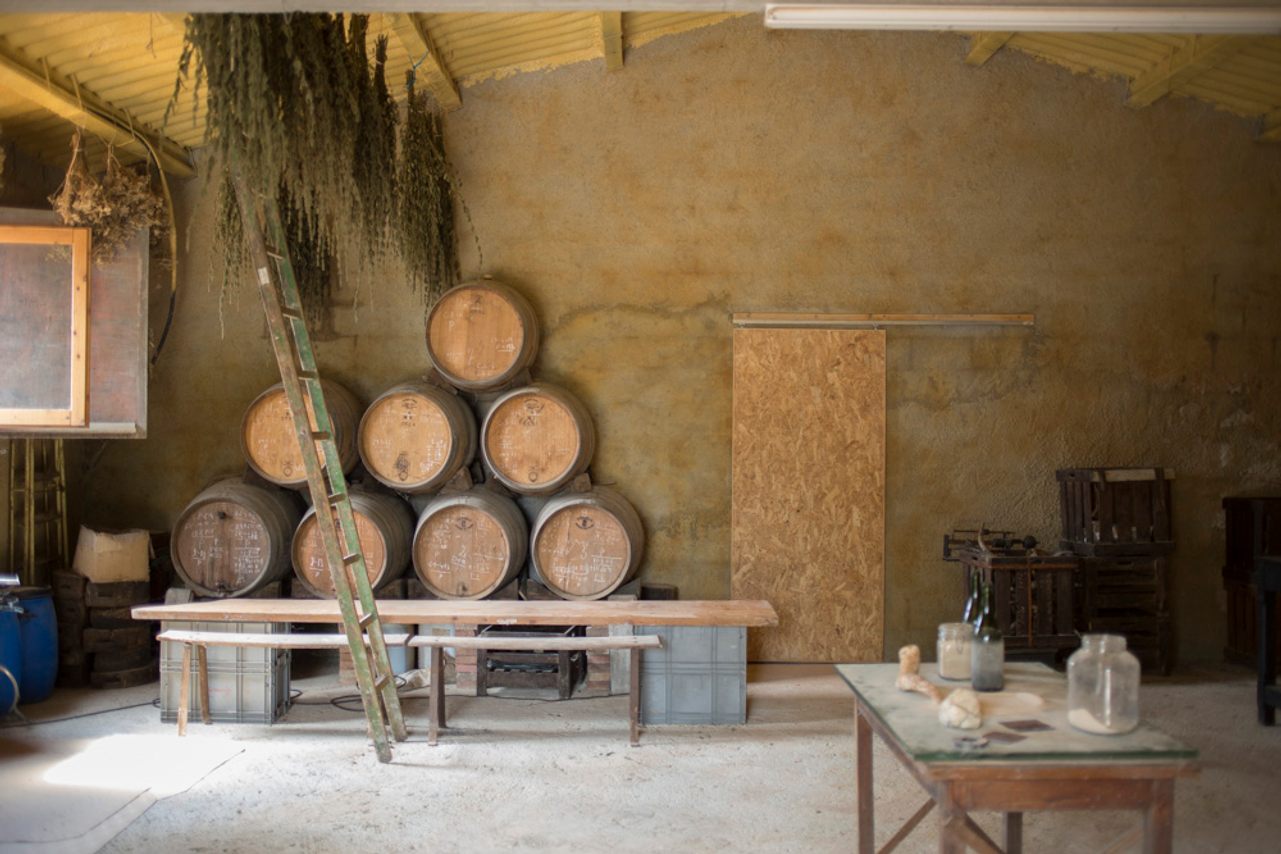
3. Gramona
Corpinnat is a new high-profile wine designation founded in 2017 by a breakaway group of winemakers based in the Penedès. The founding houses - six in total - included some of the most prestigious names in Catalan sparkling wine-making who decided to separate themselves from the existing DO for Spanish bubbly – DO Cava – and, instead, create a new label. The aim: to distinguish the superb organic sparkling wines produced by the historic wineries in the heart of the Penedès. One such example is Gramona, a fifth-generation winemaking family who started making wine back in 1950. These days, the winery is a sustainability pioneer, offering visitors the opportunity to stroll through the vineyards and see how organic and biodynamic agriculture works before visiting the winery with its bioclimatic architecture and some of the most cutting-edge eco-sustainability technology in the wine industry. As for the historic cellar, where the traditional processes are still used to make sparkling wines, it looks like something out of Games of Thrones.
Carrer de la Indústria, 36, 08770 Sant Sadurní d'Anoia, Barcelona, Spain
DOQ Priorat is named after the priory at Scala Dei where Carthusian monks from France started making wine in the 12th century. It is one of only two regions in Spain (along with Rioja) to have been awarded the superior classification of DOQ "Denominación de Origen Qualificada" (in Catalan).
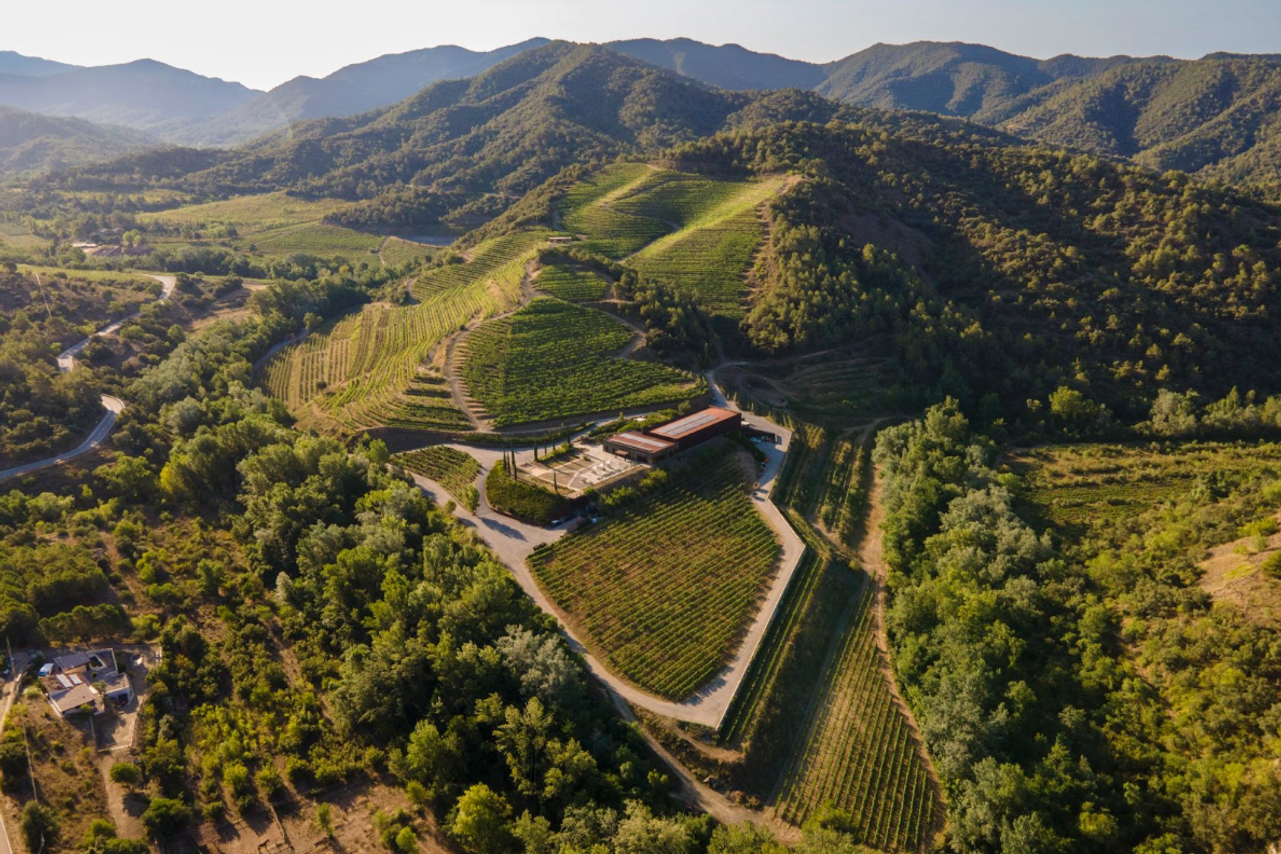
1. Perinet
A stunning 16,000-square-foot wine cellar inspired by the genius of Catalonia’s most famous architect Antoni Gaudí (of Sagrada Família fame) is the main draw at Perinet winery’s Mas del Xes vineyard. In this magical setting, guests can enjoy barrel tastings of three single-varietal wines from the Perinet winery, and an additional premium limited-edition wine, as part of a personalized tasting experience that also includes locally sourced cheese and cold cuts from nearby producers. Mas del Xes is one of three vineyards on the 30-hectare Perinet estate, which was once home to the French Perinet family who moved here from France in the 18th century. Each vineyard has its own distinct microclimate, creating a wide range of characteristics for the Grenache, Carignan, Shiraz, Cabernet and Merlot grape varieties that grow on steeply sloping terraces.
Perinet Estate, s/n | Ctra. de Poboleda T-702, km 1,6, 43361 La Morera de Montsant, Tarragona
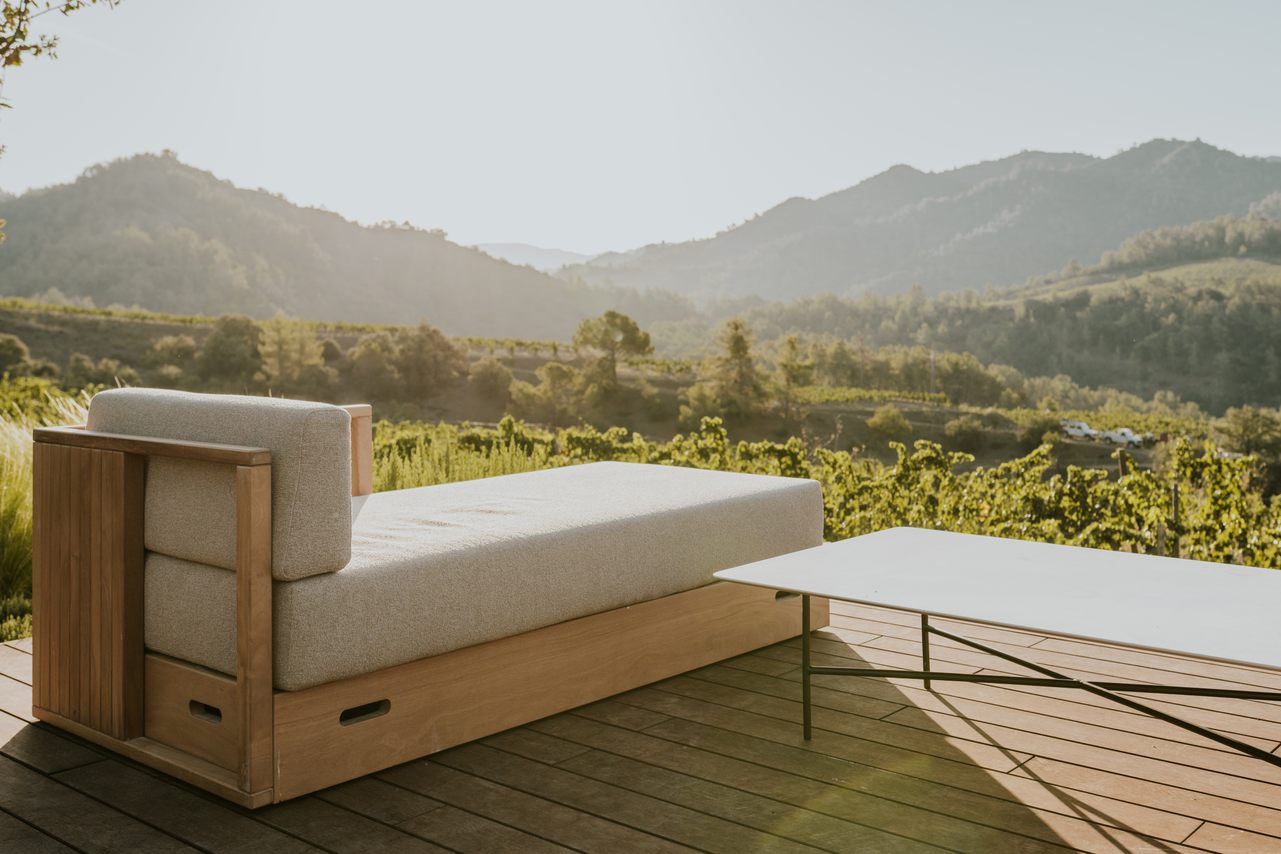
2. Mas d'en Bruno
Considering the quality of the wine alone, DOQ Priorat deserves to be one of the most traveled wine regions in Spain, yet it lags far behind the likes of Rioja, Ribera del Duero and even Penedès in terms of visitor numbers. Why, you may ask? Firstly, it is quite small and remote and, secondly, accommodation options in these parts are rather limited – or at least they were, until recently. The newly opened, ultra-chic Mas d’en Bruno hotel has been accepting guests since May this year, but, five centuries ago, it was a farmhouse belonging to the Bruno family. Like many houses in the region, it was originally built using bricks pillaged from the Scala Dei monastery after the Spanish government sent the monks into exile – or so the legend goes. Today, Mas d’en Bruno is an elegant boutique hotel with 24 suites, a 65-foot infinity pool, and a restaurant that serves tasting menus paired with the finest local wines.
Polígono 5 Parcela 71, 43737 Torroja del Priorat, Tarragona
With its close proximity to Barcelona, less than a 30-minute drive from the buzzing city center and even closer to the beaches of the nearby Maresme, DO Alella is officially the world’s only remaining “urban” wine-growing region.
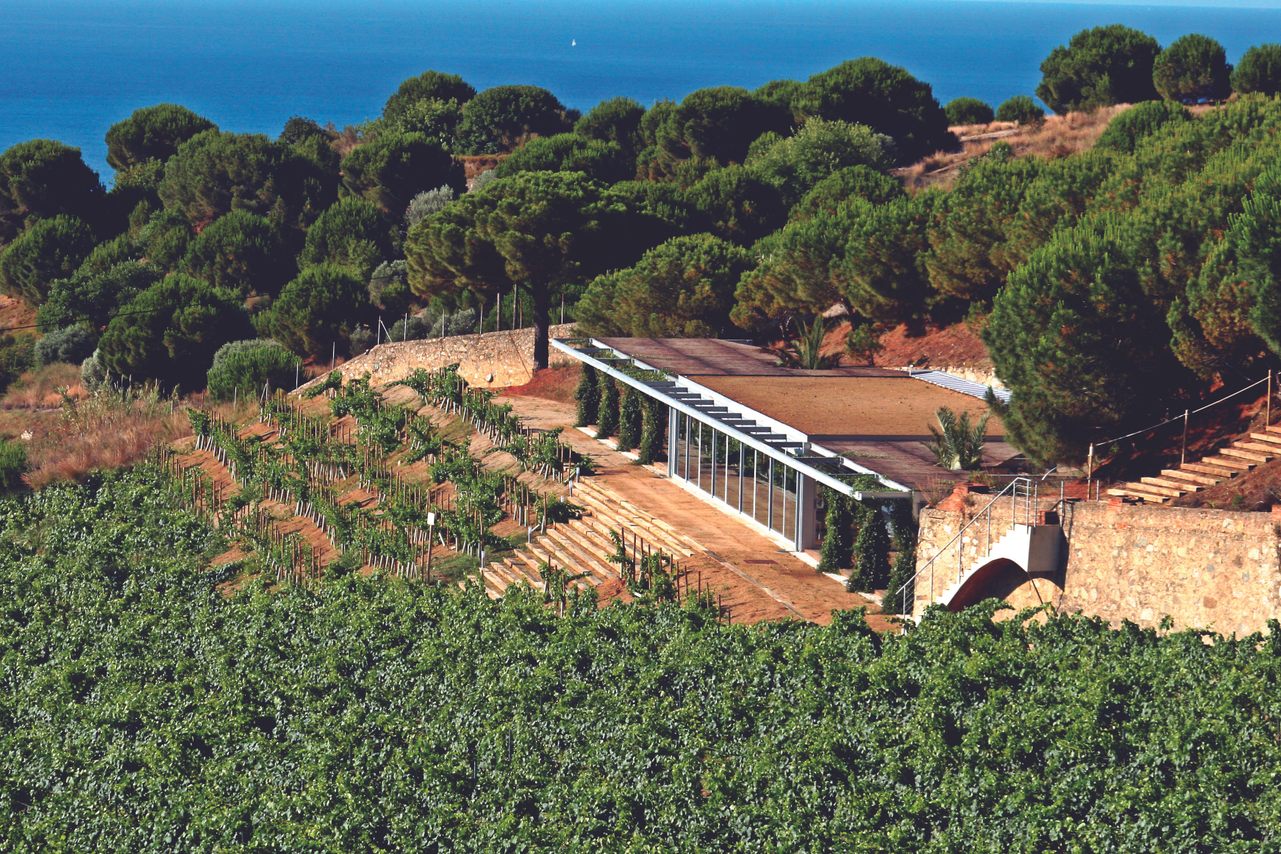
1. Alta Alella
Situated less than 10 miles north of the Catalan capital, Alta Alella is not only the region’s number one winery, it is also ideal for wine lovers looking to escape the hustle and bustle of Barcelona for a couple of hours. Established in 1991, Alta Alella winery has been certified organic since day one, as it seeks to recover the region’s ancient vines and traditional grape varieties such as Pansa Blanca (known elsewhere as Xarel·lo) and Monastrell. Its whites and sparkling cavas are renowned for their fresh, crisp character and the unique minerality and salinity that comes from growing grapes so close to the sea. How close, you may wonder? The sandy beach at Masnou is only 10 minutes away by car making this the perfect day-trip destination for the entire family.
Camí Baix de Tiana, s/n, 08328 Alella, Barcelona
Arguably Catalonia’s most scenic DO, the Empordà region is where the beautiful people of Barcelona prefer to spend their vacation time, between the dramatic peaks of the Catalan Pyrenees and the turquoise coves of the Costa Brava.

1. Peralada
Do you like spas? Do you like wine? If the answer is “yes” then you will love the wine spa at the Peralada Resort. This five-star hotel in the midst of DO Empordà is possibly best known for its exclusive range of treatments based on grape polyphenols. As for the new Peralada winery, it is the first of its kind in Europe to earn the LEED® BD + C environmental and energy certification, developed by the US Green Building Council, for the sustainability and high efficiency of its design and construction.The newly built facility has the capacity to handle close to 2,700,000 kg grapes and produce some 1,900,000 liters of wine, or 2,240,000 bottles. This is a great place to lay your weary head after a day of tasting and submerging yourself in all the local vintages.
Paratge la Granja, s/n, 17491 Peralada, Girona
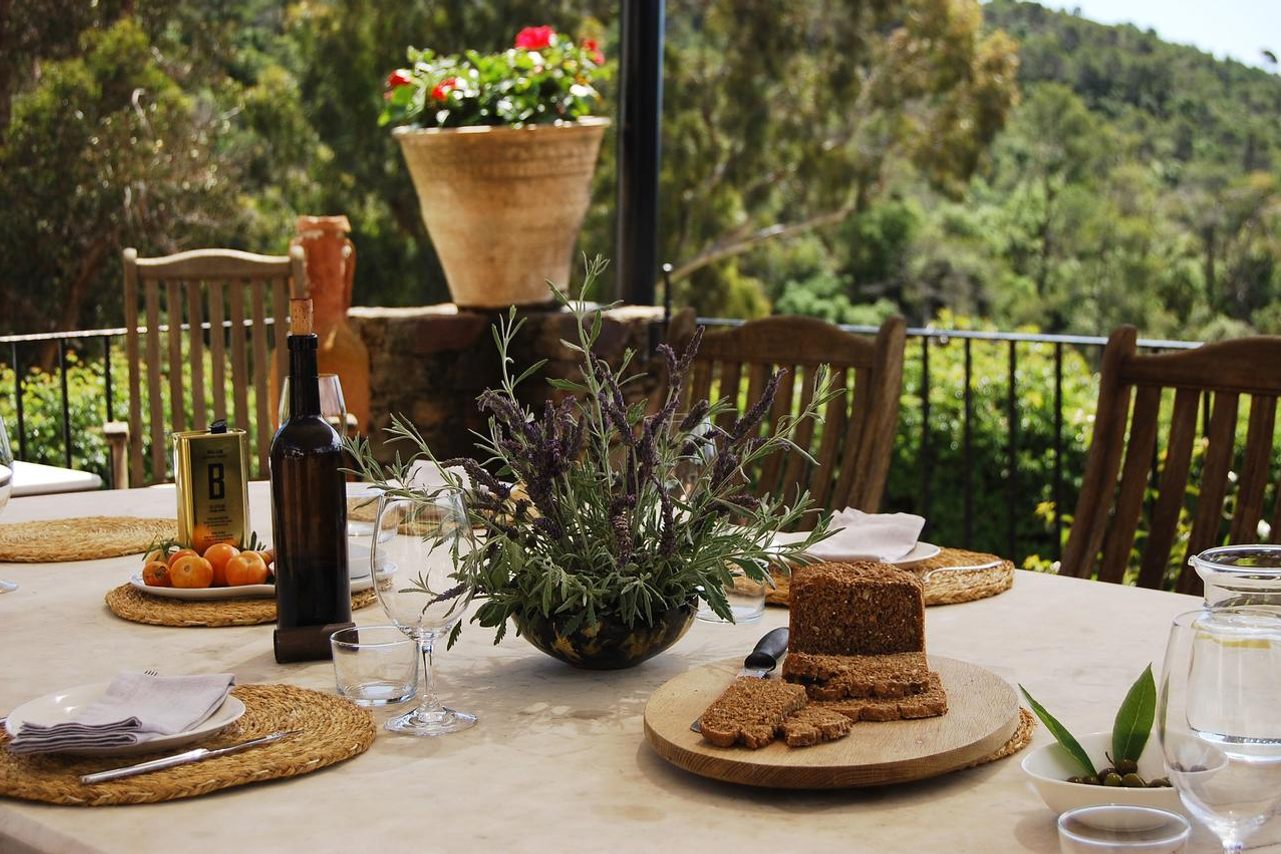
2. Brugarol
If you've ever wondered how a German-South African might find themselves making wine deep in the Catalan countryside, look no further than Victoria Engelhorn and her Brugarol. A farm, winery, and guest house, the estate was founded by Victoria’s great uncle in the 1950s and then passed to her parents before they asked her to move here to manage it in 2017. Half-Spanish, half-German, and raised between Spain and Switzerland, Victoria – who these days feels more Spanish than anything else – lived in South Africa before returning to the family farm. Today, she oversees Brugarol’s two hotels and two restaurants and advises on the production of everything from olive oil to the yogurt, mató cheese, and ice-cream made from the milk that the farm’s own sheep produce. As for Brugarol’s still and sparkling wines, they have won multiple awards for their quality, craftsmanship and organic, additive-free production methods.
17230 Palamós, Girona
Pla de Bages, one of Spain’s tiniest wine regions, is spread over an area of less than 500 hectares. This DO located inland from Barcelona is defined by its limestone soil, red clay terraces, and a little-known grape called Picapoll.

1. Celler Abadal
If you’re a grape geek, look no further than the Abadal winery in Pla de Bages. The first written reference to Picapoll in Bages is from the monastery of Sant Benet de Bages in 1564 and by the 19th century it was the most common white variety in the region. But in the 1930s, wine production in Bages – along with the rest of Catalonia – slowed considerably, leaving only a residual crop in the territory. Since its foundation in 1983, Abadal has researched the old vineyards as it seeks to rehabilitate the Picapoll variety. Today, this autochthonous grape that mainly results in young, elegant, easy-to-drink wine is back in business – and has become a major contributor to the success of DO Pla de Bages. Abadal is not the only winery using Picapoll grapes, but it was the first to market a wine made from 100% Picapoll.
Celler Abadal, 08279 Santa Maria d, Barcelona
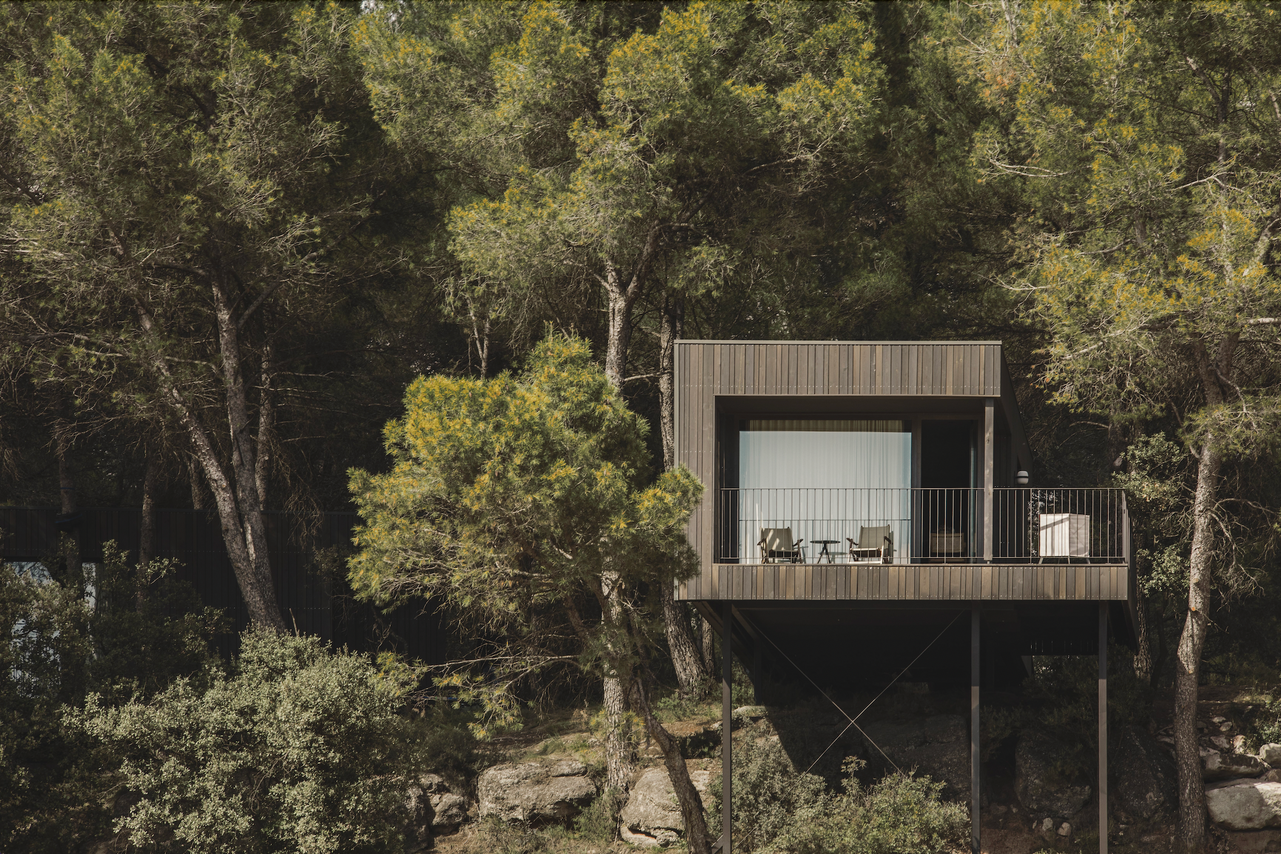
2. Oller del Mas
The family who run the Oller del Mas winery are the 36th-generation heirs to a more than 1,000-year-old family history on this ancient estate. Adjacent to a 10th-century medieval castle that was fully restored between 1981 and 2008, every corner of the estate is packed with history. It’s a story of the many generations of Oller knights, noblemen, religious leaders, and master craftsmen who once lived here and left their mark on the region; a place through which Spanish Catholic priest and theologian Saint Ignatius of Loyola passed in the 16th century, on his pilgrimage to Jerusalem. The winery is fully organic and committed to preserving the identity of the grape varieties native to Pla de Bages, like Picapoll and Carignan. There are also 22 rustic-chic cabins idyllically set among the vines, pines and oak trees for guests wishing to extend their stay a little longer.
Carretera de Igualada C37Z, km 91, 08241 Manresa, Barcelona
This post is sponsored by Catalan Tourist Board. Click here to explore more.

Gastro Obscura’s 11 Essential Places to Eat and Drink in Bangkok
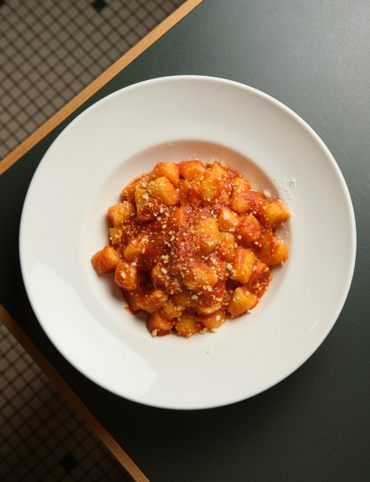
Gastro Obscura’s 10 Essential Places to Eat and Drink in Rome
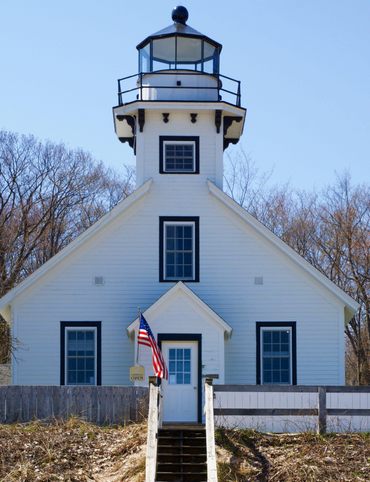
The Explorer’s Guide to Road Tripping Around the Great Lakes

10 National Parks That Are Perfect for a Road Trip
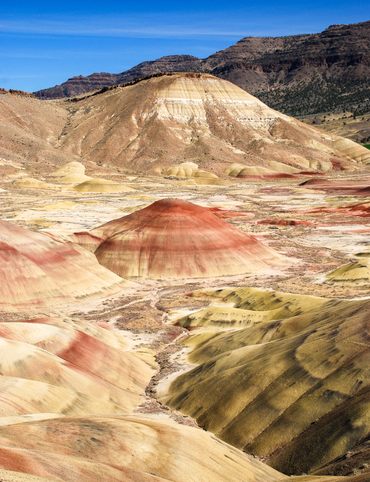
10 Out-of-This-World Places You Can Reach in Your Car
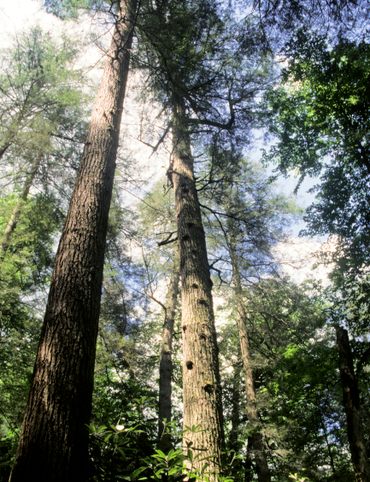
The Explorer’s Guide to Road Tripping Around Appalachia
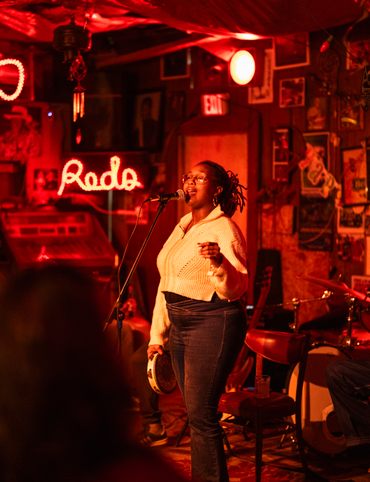
The Explorer’s Guide to Road Tripping Down Highway 61
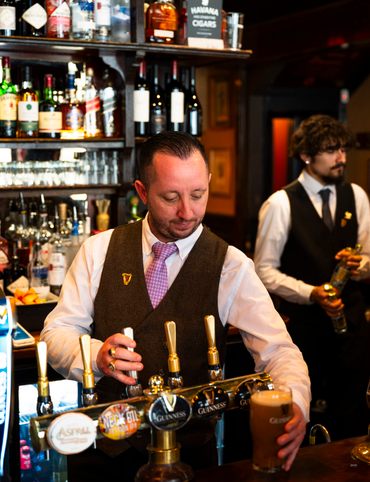
Gastro Obscura’s 10 Essential Stops on an Alternative London Pub Crawl
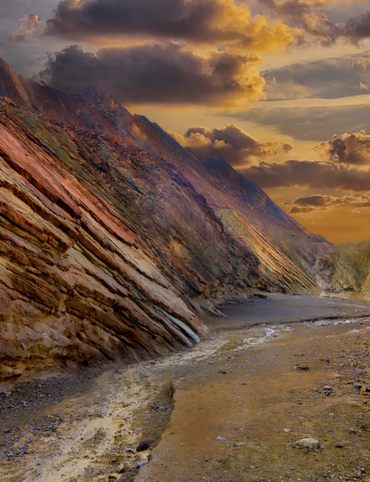
The Explorer’s Guide to Joshua Tree National Park
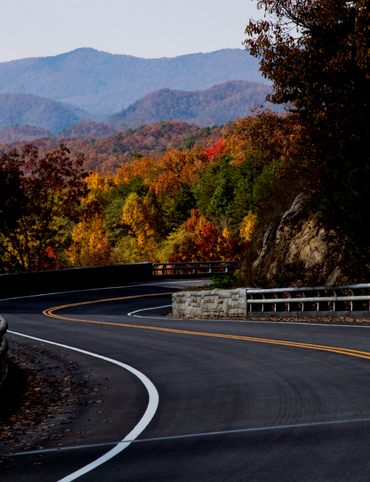
The Explorer’s Guide to the Great Smoky Mountains National Park
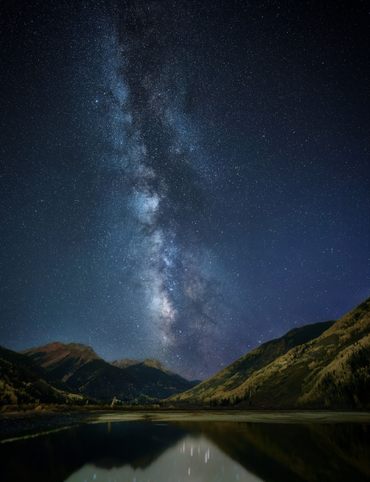
Cosmic Colorado: A Stargazer’s Guide to the Centennial State

The Explorer’s Guide to Banff National Park

10 Wild Places That Define West Virginia’s Landscape

The Ultimate Guide to Hidden Red Rocks: 10 Secret Passageways, Artifacts, and Ghost Stories
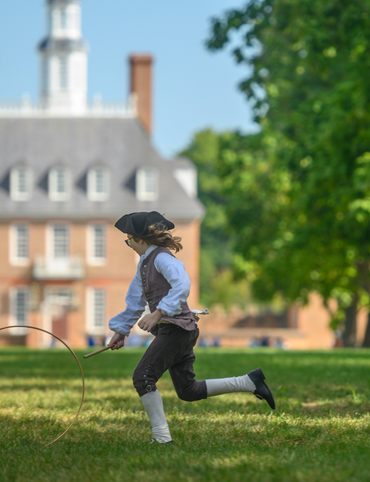
The Explorer’s Guide to Williamsburg, Virginia
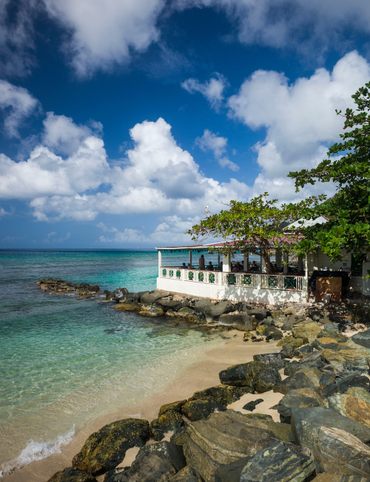
The Explorer’s Guide to the British Virgin Islands
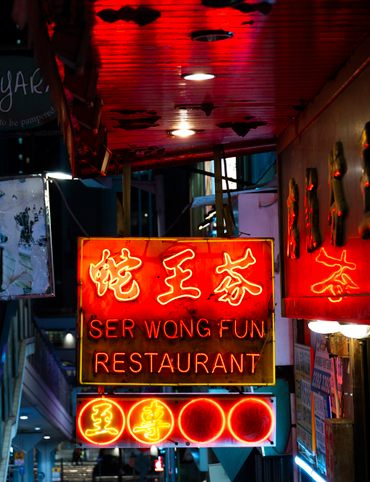
Gastro Obscura’s 10 Essential Places to Eat, Drink, and Shop in Hong Kong

A Denver Guide for National Park Lovers
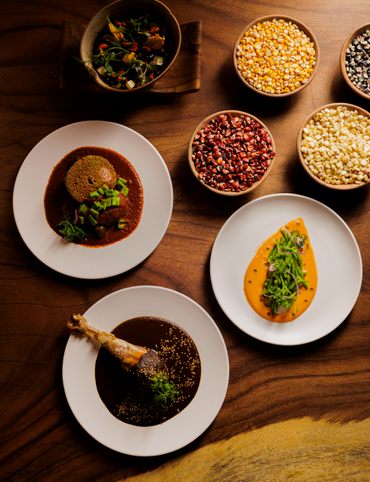
Gastro Obscura’s 10 Essential Places to Eat and Drink in Oaxaca
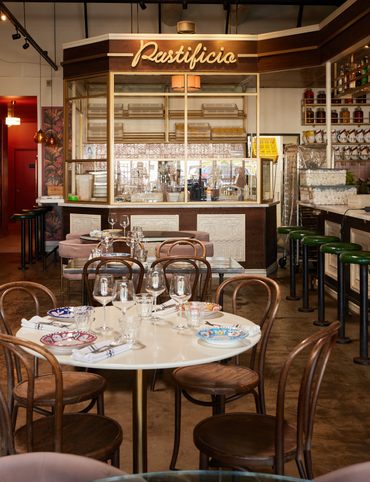
A Gastro Obscura Guide to Family-Friendly Dining in San Diego
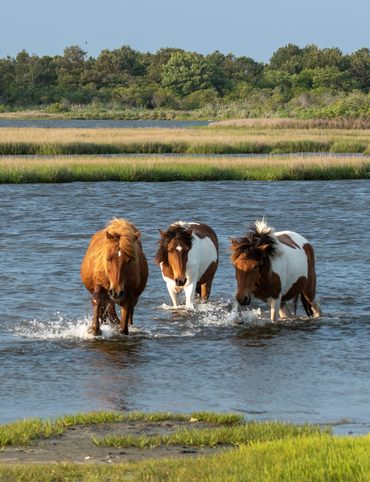
The Explorer’s Guide to Outdoor Wonders In Maryland
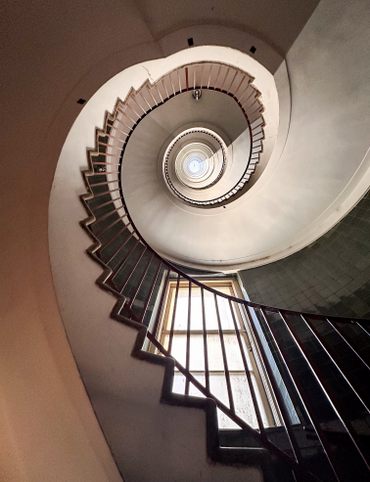
The Secret Lives of Cities: Ljubljana

From Cigar Boom to Culinary Gem: 10 Essential Spots in Ybor City
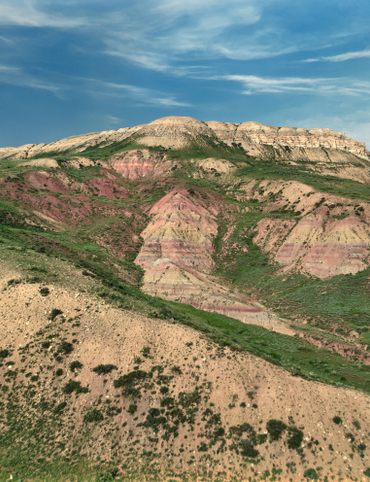
The Explorer’s Guide to Wyoming’s Captivating History

A Nature Lover’s Guide to Sarasota: 9 Wild & Tranquil Spots
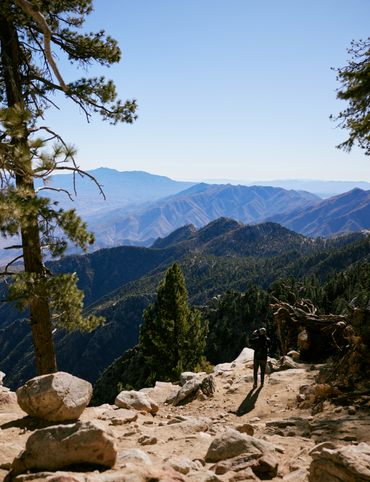
California’s Unbelievable Landscapes: A Guide to Nature’s Masterpieces
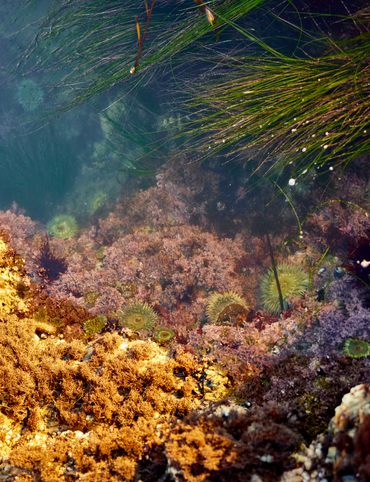
The Ultimate California Guide to Tide Pools and Coastal Marine Life

Explore California on Foot: Nature’s Year-Round Playground

Mardi Gras 9 Ways: Parades, Cajun Music, And Courirs Across Louisiana
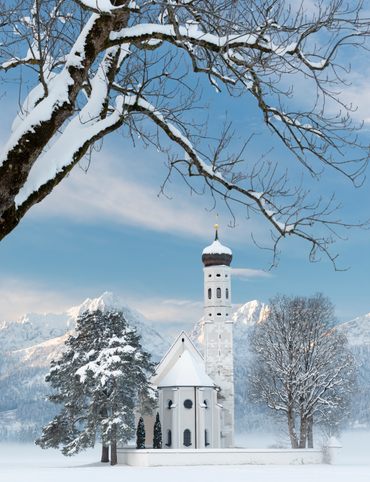
The Explorer’s Guide to Winter in Germany
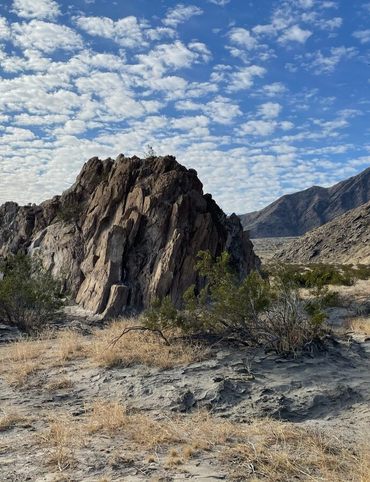
Ancient California: A Journey Through Time and Prehistoric Places

The Wildest West: Explore California’s Ghost Towns and Gold Fever Legacy
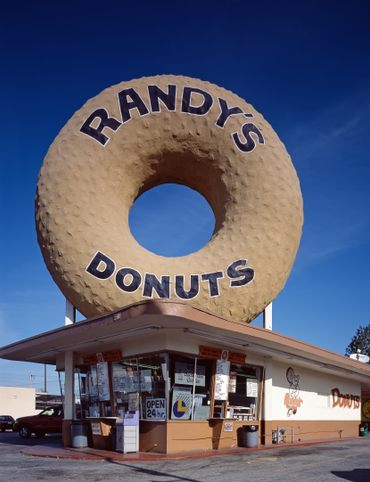
Sweet California: A Culinary Guide to Tasty Treats Across the State

Sea of Wonders: An Itinerary Through California’s Stunning Shoreline
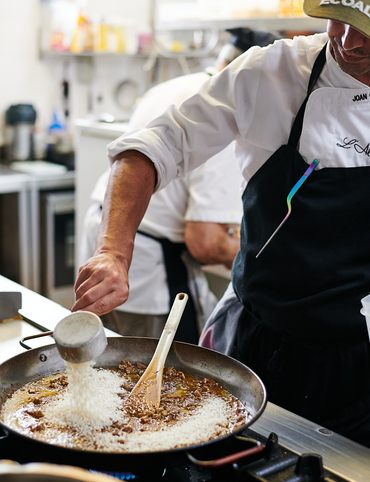
10 Places to Taste Catalonia’s Gastronomic Treasures

Atlas Obscura’s Guide to Palm Springs
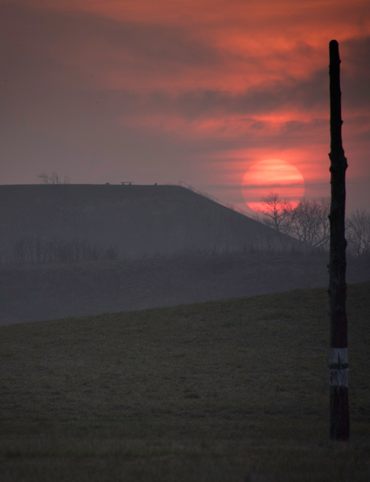
Atlas Obscura’s Guide to the 10 Most Mystifying Places in Illinois
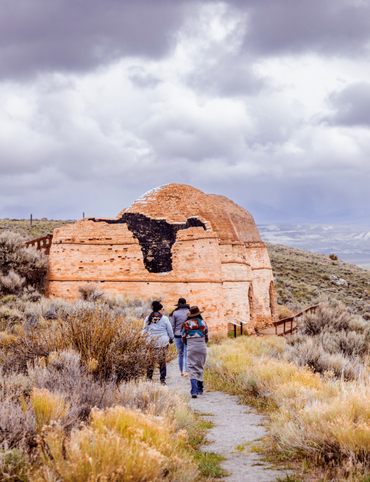
10 Fascinating Sites That Bring Idaho History to Life
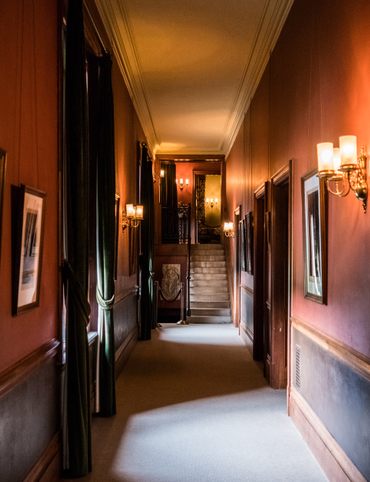
North Carolina's Paranormal Places, Scary Stories, & Local Haunts
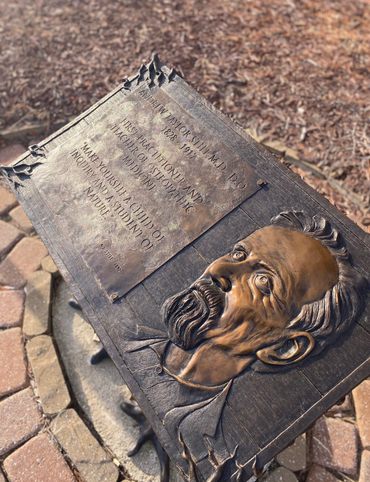
Exploring Missouri’s Legends: Unveiling the Stories Behind the State’s Iconic Figures

These Restaurants Are Dishing Out Alabama’s Most Distinctive Food
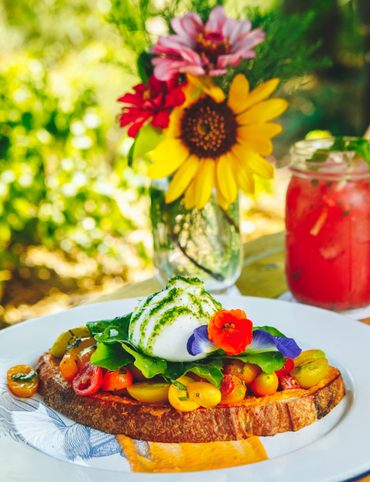
A Gastro Obscura Guide to Los Cabos
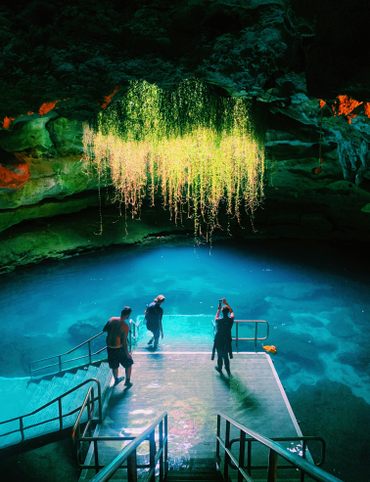
9 Watery Wonders on Florida’s Gulf Coast
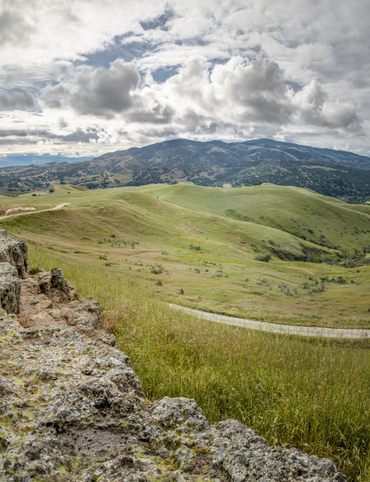
Discover the Surprising and Hidden History of Monterey County

Gastro Obscura’s Guide to Eating Your Way Through Charlotte
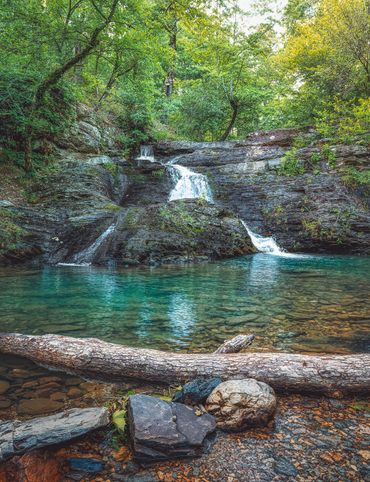
Talimena Scenic Byway: 6 Essential Stops for Your Arkansas Road Trip

9 Amazing Arkansas Adventures Along the Scenic 7 Byway
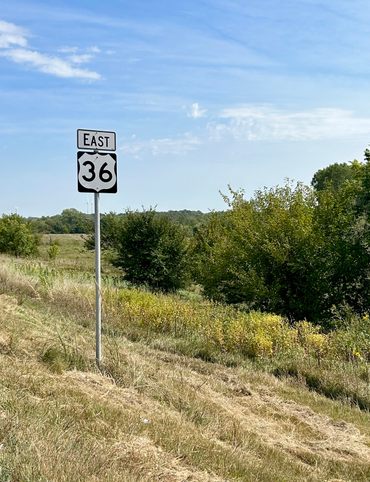
The Explorer's Guide to Highway 36: The Way of American Genius
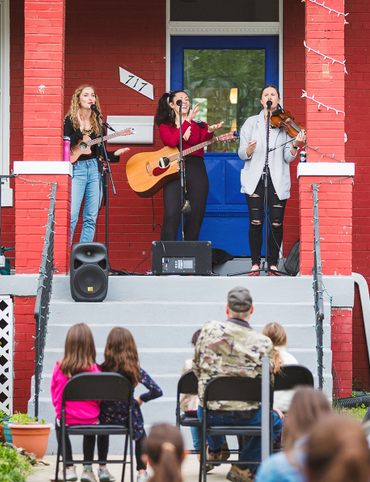
A Behind-the-Scenes Guide to DC’s Art and Music
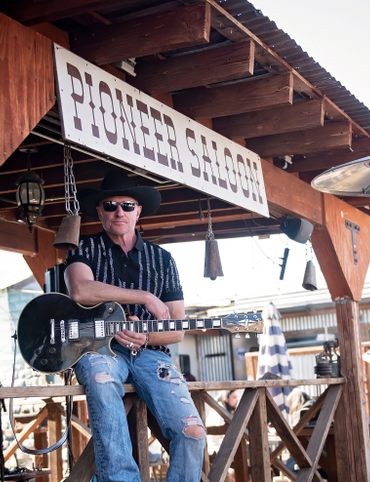
9 Places Near Las Vegas For a Different Kind of Tailgate
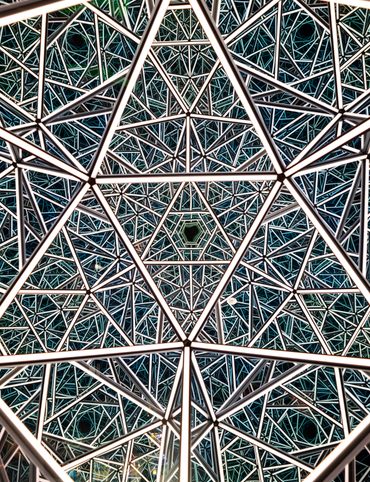
10 Places to See Amazing Art on Florida's Gulf Coast

8 Reasons Why You Should Visit the Bradenton Area

A Music Lover’s Guide to New Orleans
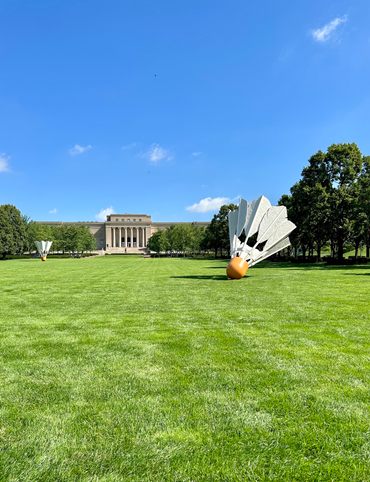
9 Hidden Wonders in the Heart of Kansas City

10 Unexpected Delights of Vermont's Arts and Culture Scene
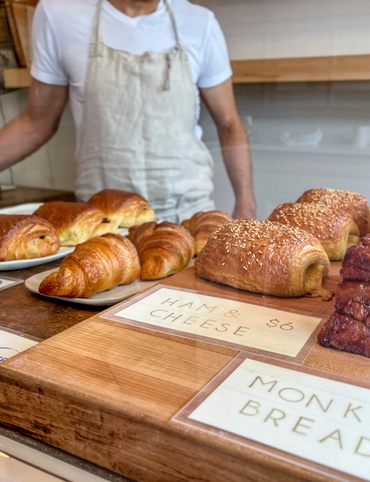
Gastro Obscura’s Guide to Eating Through Maine
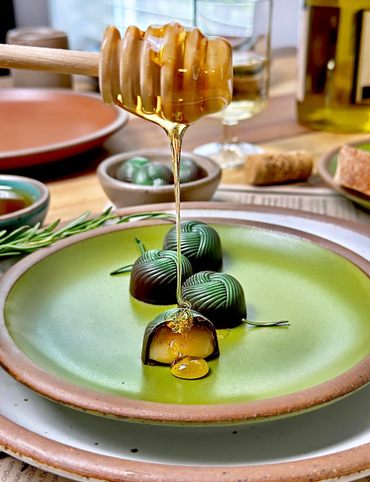
The Gastro Obscura Guide to Asheville Area Eats
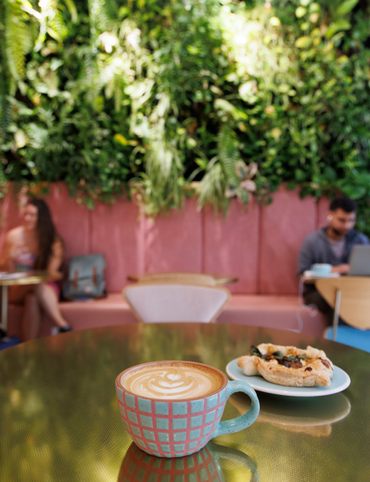
Gastro Obscura’s Guide to St. Pete/Clearwater

9 Hidden Wonders in Eastern Colorado

7 Places to Experience Big Wonder in Texas
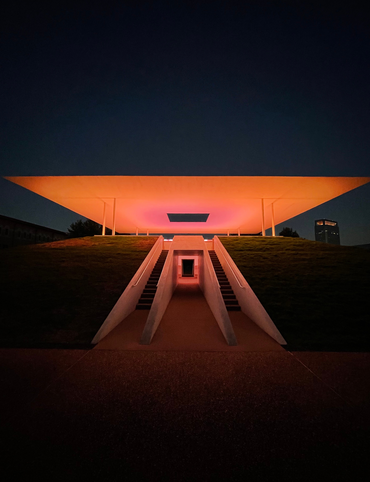
8 Out-There Art Destinations in Texas
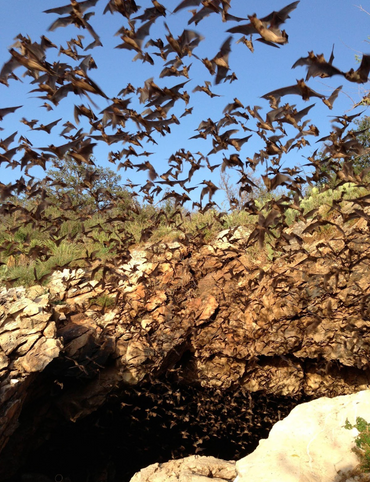
6 Ways To See Texas Below the Surface

9 Places to Dive Into Fresh Texas Waters

7 Ways to Explore Music (and History) in Texas
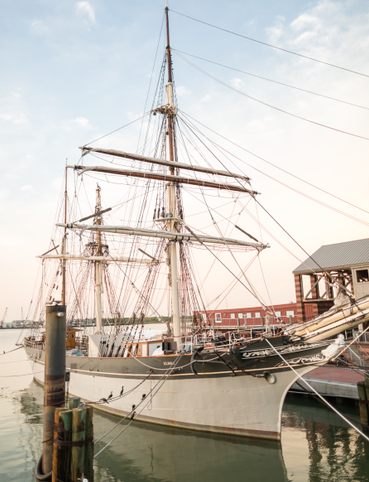
8 Ways to Discover Texas’ Rich History

The Explorer’s Guide to the Northern Territory, Australia
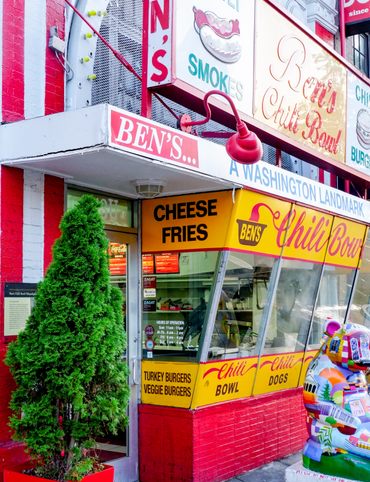
The Explorer's Guide to U Street Corridor

Gastro Obscura Guide to Southern Eats
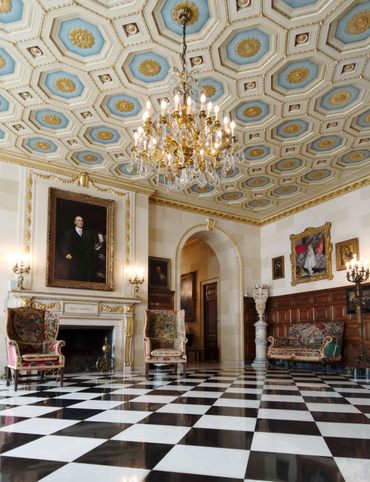
Only In Delaware

The Secret History & Hidden Wonders of Charlotte, North Carolina
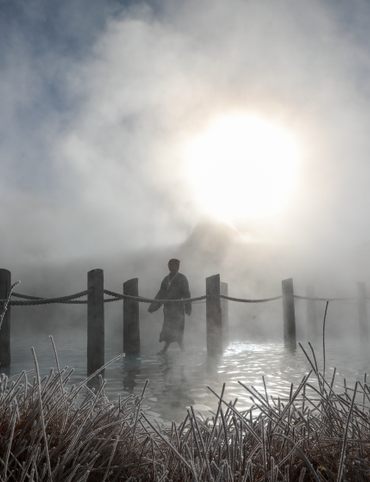
Exploring Colorado's Historic Hot Springs Loop
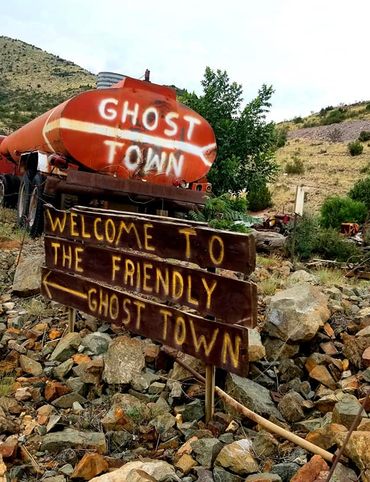
These 8 Arizona Ghost Towns Will Transport You to the Wild West
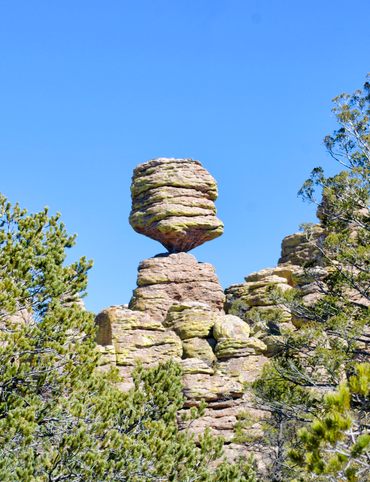
A Guide to Arizona’s Most Striking Natural Wonders
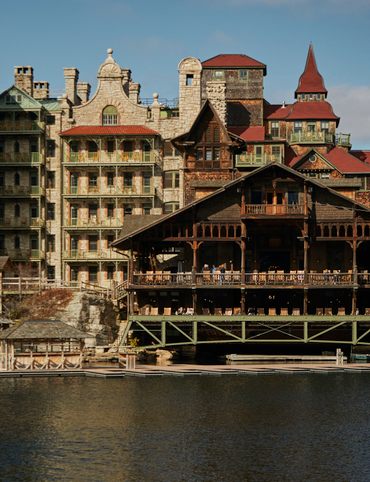
The Explorer's Guide to Hudson Valley, New York
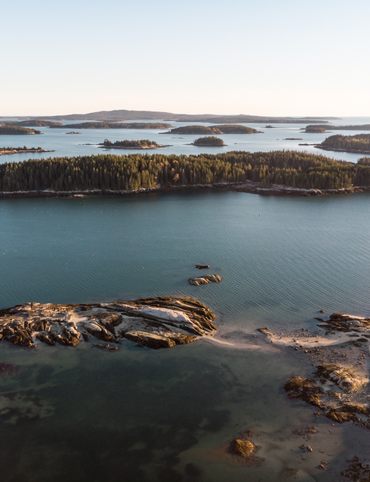
Discover the Endless Beauty of the Pine Tree State

Travel to New Heights Around the Pine Tree State

8 Historical Must-Sees in Granbury, Texas
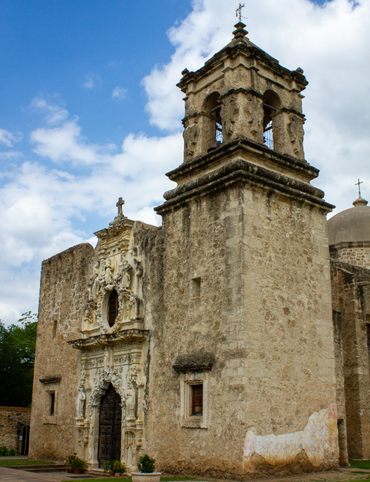
7 Creative Ways to Take in San Antonio’s Culture
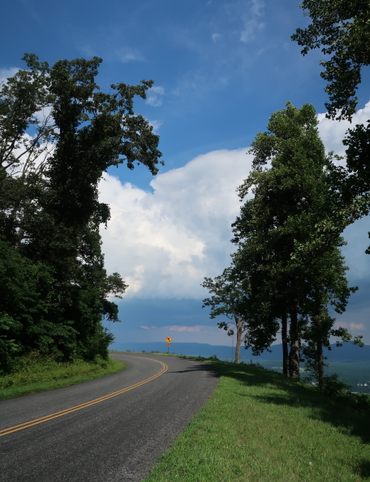
Eat Across the Blue Ridge Parkway
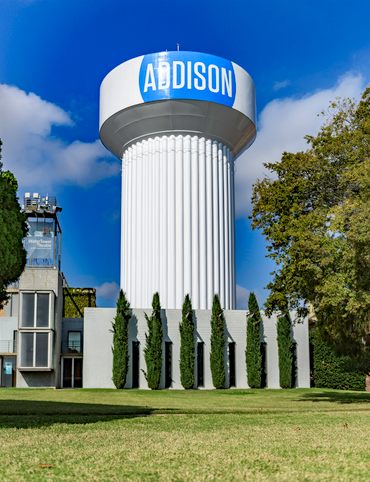
6 Ways to Absorb Addison, Texas’ Arts and Culture

6 Ways to Take in the History of Mesquite, Texas

6 Ways to Soak Up Plano’s Art and Culture
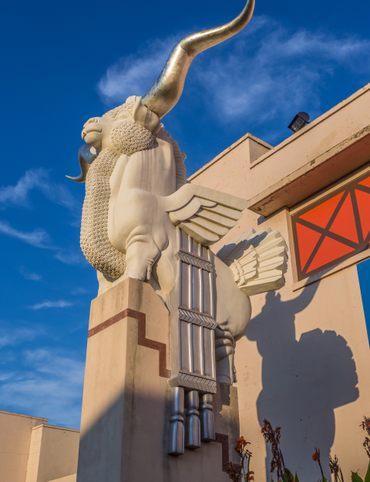
9 Dallas Spots for Unique Art and Culture
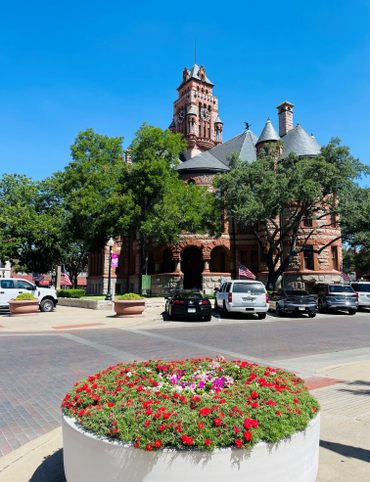
7 Sites of Small-Town History in Waxahachie, Texas
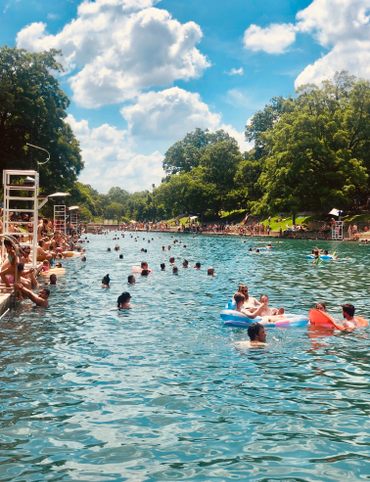
6 Natural Wonders to Discover in Austin, Texas
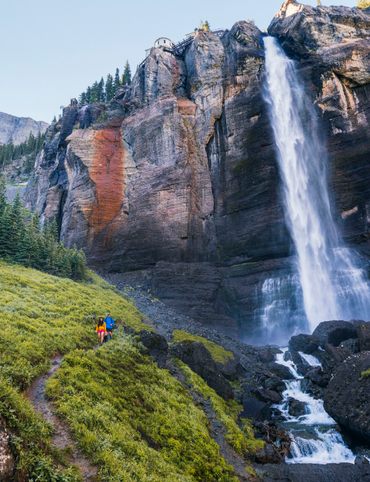
Discover the Secrets of Colorado’s Mountains and Valleys

A Road Trip Into Colorado’s Prehistoric Past
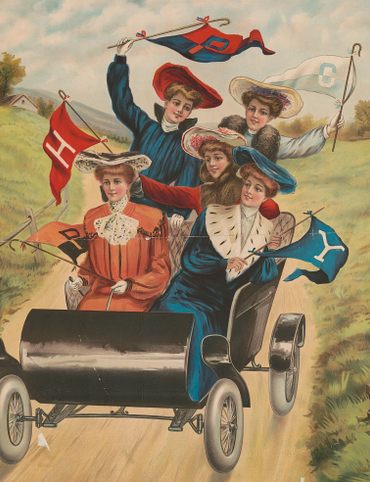
A Feminist Road Trip Across the U.S.

All Points South
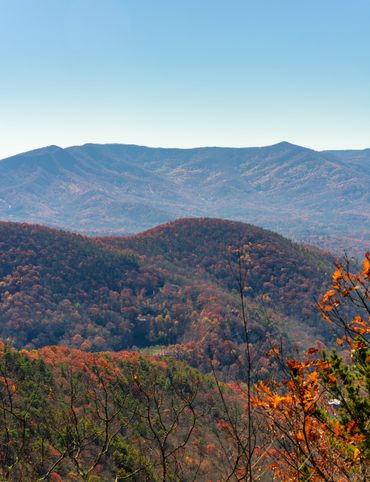
Asheville: Off the Beaten Path
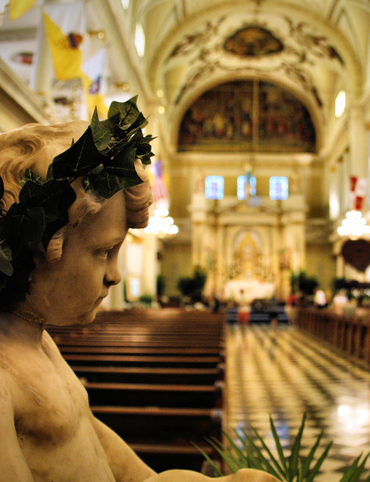
Restless Spirits of Louisiana
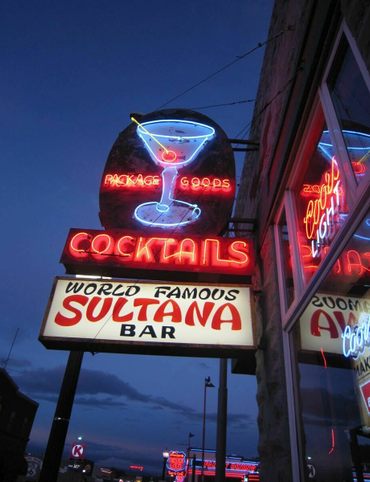
Eat Across Route 66
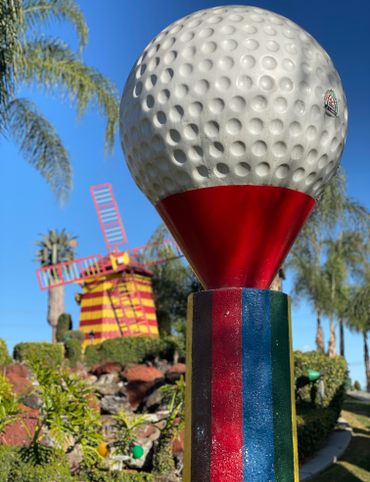
18 Mini Golf Courses You Should Go Out of Your Way to Play

4 Underwater Wonders of Florida
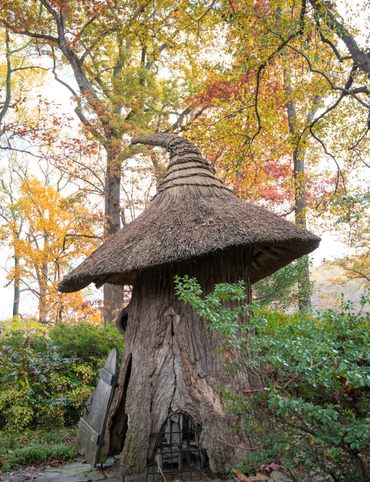
6 Spots Where the World Comes to Delaware

Study Guide: Road Trip from Knoxville to Nashville
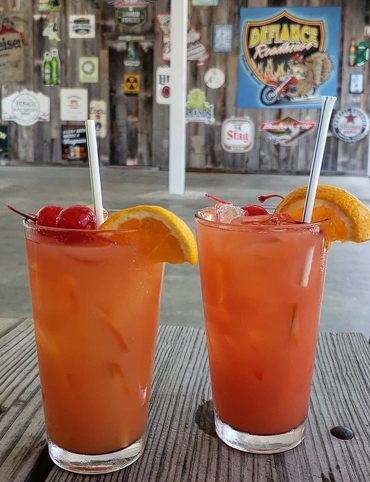
6 Wondrous Places to Get Tipsy in Missouri
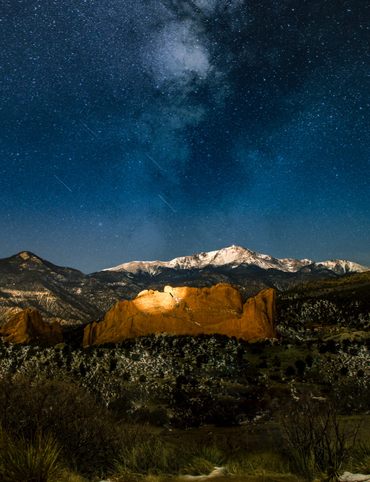
Rogue Routes: The Road to Pikes Peak

Rogue Routes: The Road to Carhenge

4 Pop-Culture Marvels in Iowa

7 Stone Spectacles in Georgia

6 Stone-Cold Stunners in Idaho
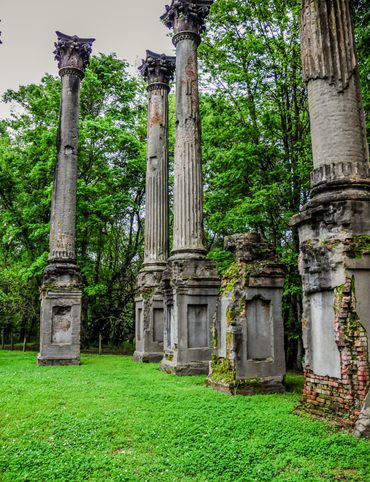
8 Historic Spots to Stop Along Mississippi's Most Famous River
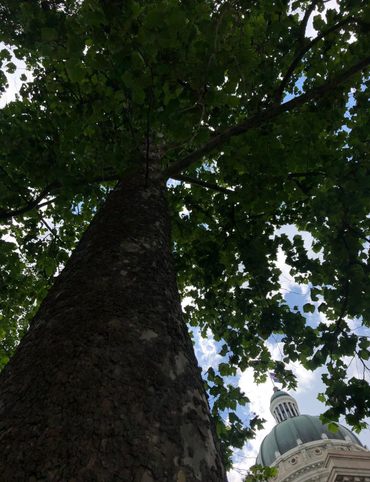
5 Incredible Trees You Can Find Only in Indiana

5 Famous and Delightfully Obscure Folks Buried in Kentucky

4 Wacky Wooden Buildings in Wyoming
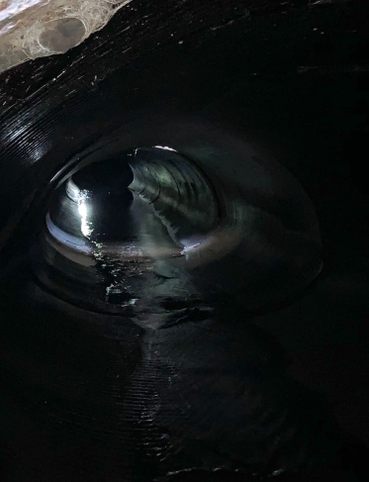
7 Spots to Explore New Jersey’s Horrors, Hauntings, and Hoaxes
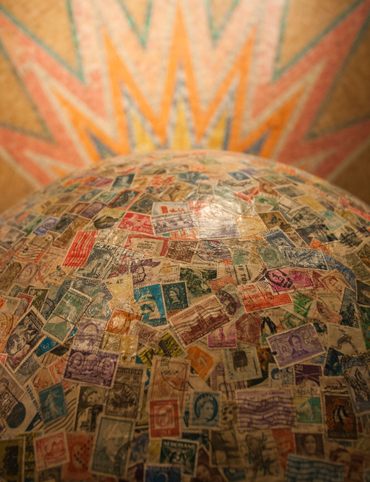
4 Out-There Exhibits Found Only in Nebraska

6 Sweet and Savory Snacks Concocted in Utah
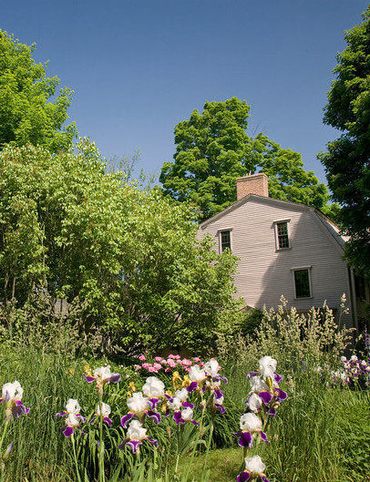
12 Places in Massachusetts Where Literature Comes to Life
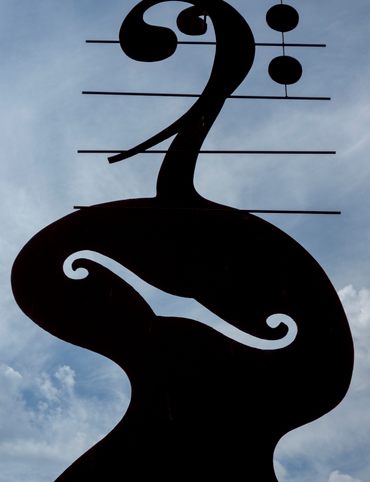
8 Places to Get Musical in Minnesota
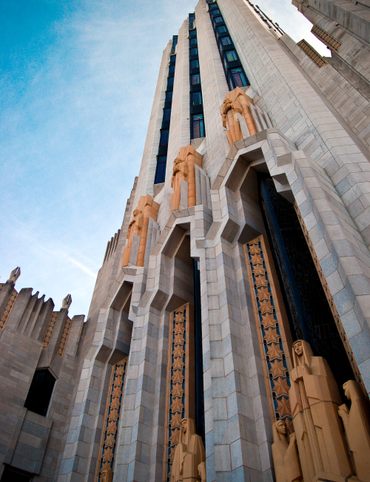
8 Buildings That Prove Oklahoma's an Eclectic Art Paradise

9 Stunning Scientific Sites in Illinois

5 Strange and Satanic Spots in New Hampshire
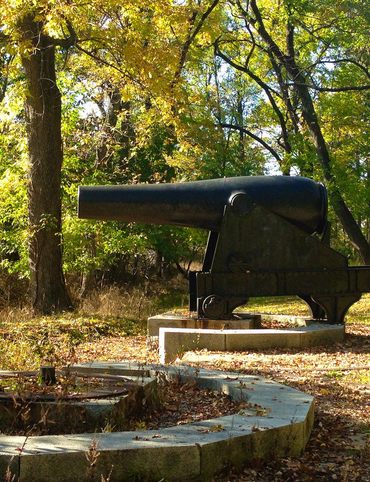
8 Historic Military Relics in Maryland
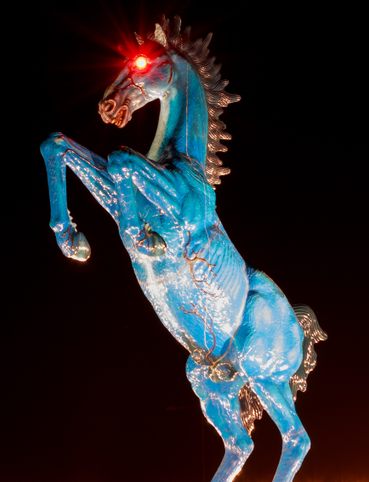
5 of Colorado's Least-Natural Wonders

Rogue Routes: The Road to Sky’s the Limit

6 Hallowed Grounds in South Carolina
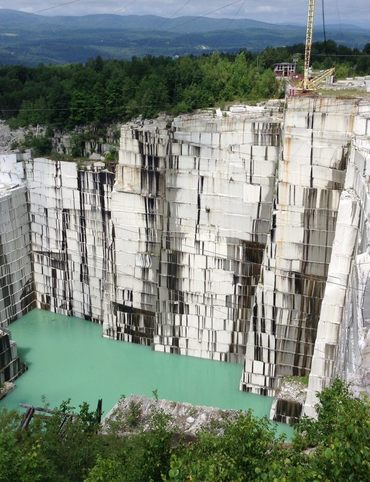
9 Rocking Places in Vermont

Knoxville Study Guide
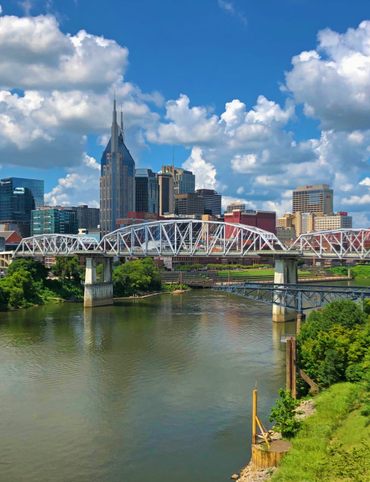
Nashville Study Guide
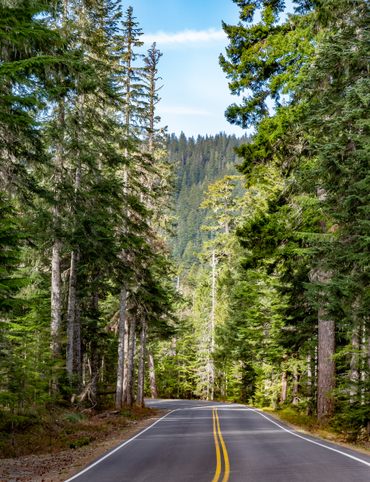
Rogue Routes: The Road to Camp Colton
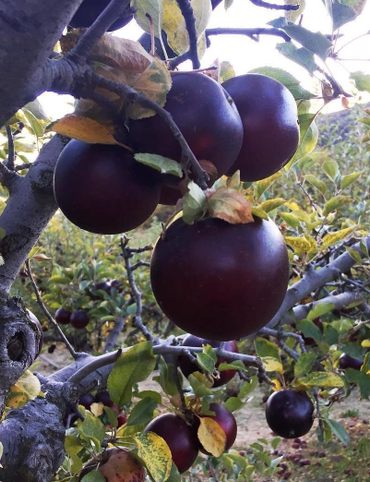
Black Apples and 6 Other Southern Specialties Thriving in Arkansas
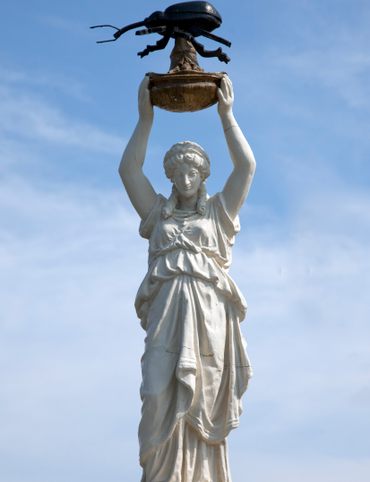
4 Monuments to Alabama’s Beloved Animals
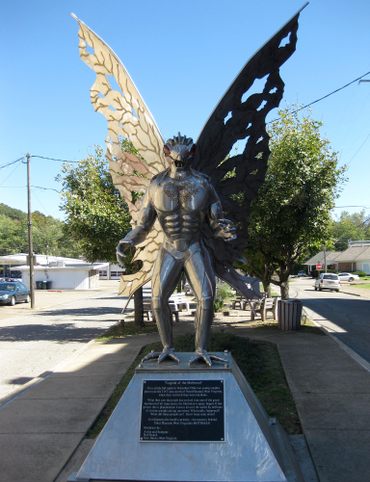
The Dark History of West Virginia in 9 Sites

11 Zany Collections That Prove Wisconsin's Quirkiness

7 Inexplicably Huge Animals in South Dakota
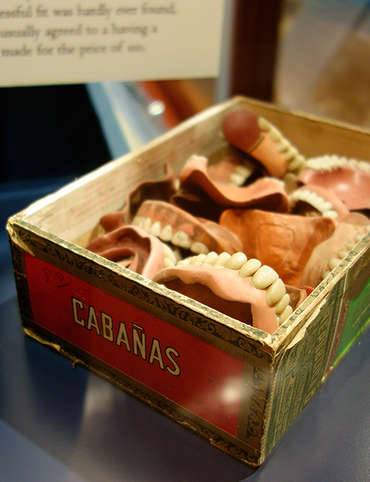
6 Fascinating Medical Marvels in Pennsylvania

8 Places in Virginia That Aren’t What They Seem

7 Cool, Creepy, and Unusual Graves Found in North Carolina

7 of Montana's Spellbinding Stone Structures
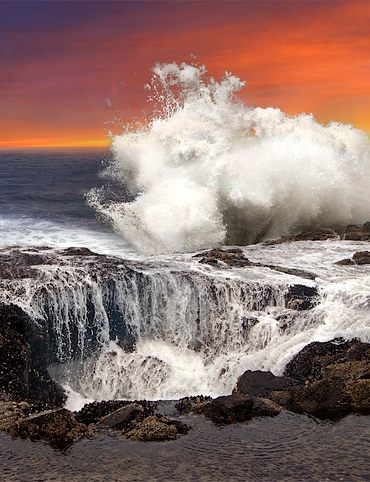
9 of Oregon’s Most Fascinating Holes and Hollows

Take to the Skies With These 9 Gravity-Defying Sites in Ohio

9 Strange and Surreal Spots in Washington State
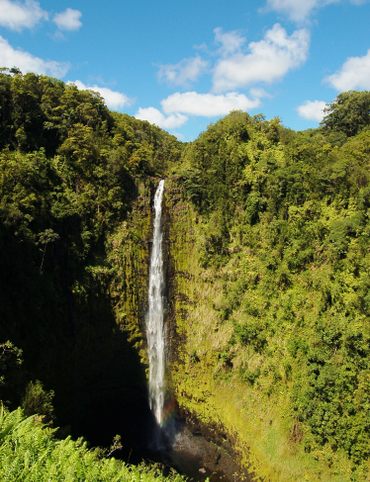
8 Watery Wonders in Hawaiʻi, Without Setting Foot in the Ocean
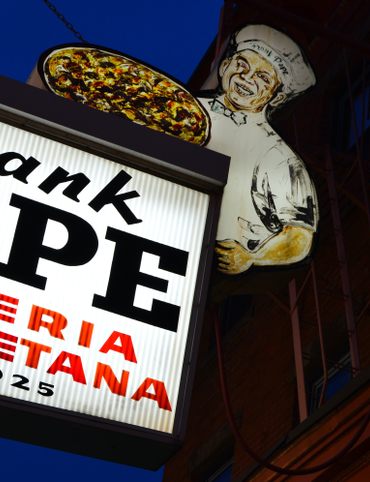
6 Unusual Eats Curiously Cooked Up in Connecticut

11 Close Encounters With Aliens and Explosions in New Mexico
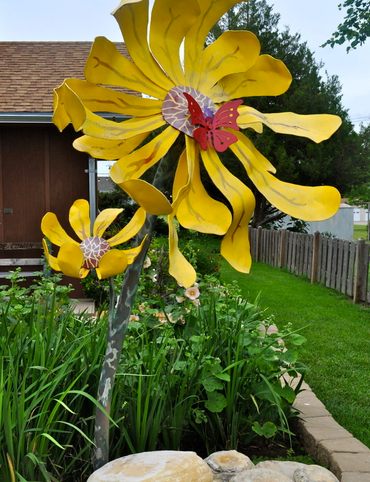
10 Places to Trip Way Out in Kansas
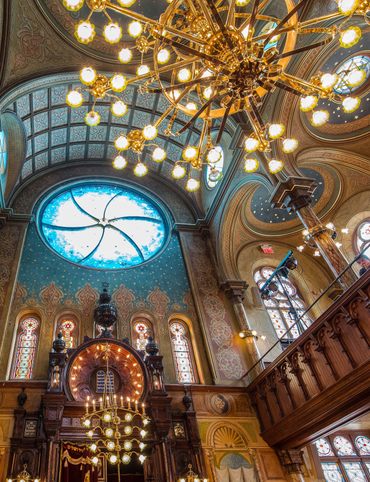
The Resilience of New York in 10 Remarkable Sites

7 Very Tall Things in Very Flat North Dakota

8 Blissfully Shady Spots to Escape the Arizona Sun
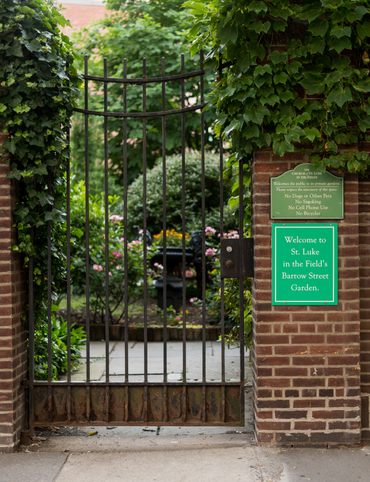
On the Run: NYC
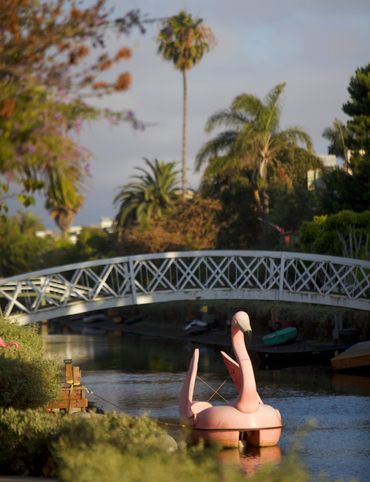
On the Run: Los Angeles

9 Surprisingly Ancient Marvels in Modern California

10 Art Installations That Prove Everything's Bigger in Texas
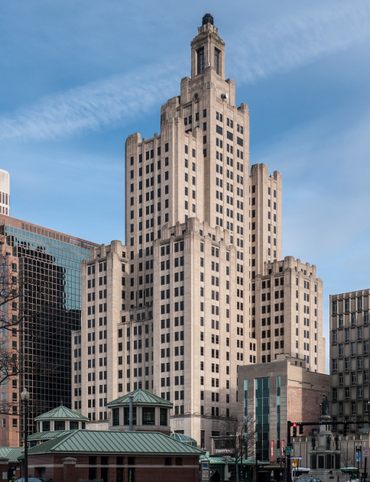
6 Huge Things in Tiny Rhode Island
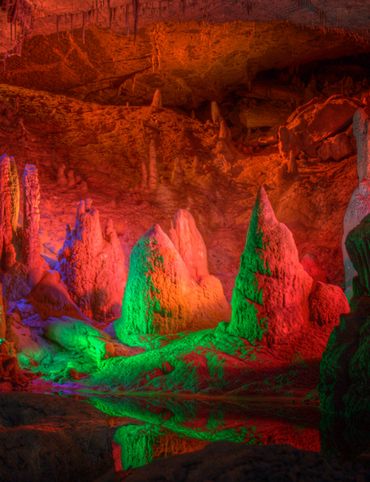
7 Underground Thrills Only Found in Tennessee

Sink Into 7 of Louisiana's Swampiest Secrets

7 Mechanical Marvels in Michigan

11 Wholesome Spots in Nevada
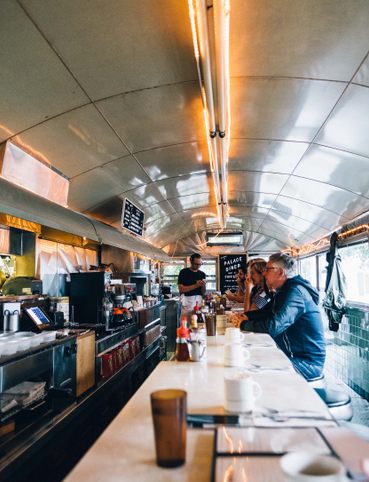
7 Places to Glimpse Maine's Rich Railroad History
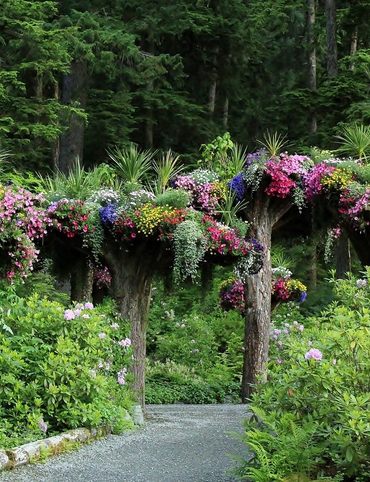
11 Places Where Alaska Bursts Into Color

9 Places in D.C. That You're Probably Never Allowed to Go
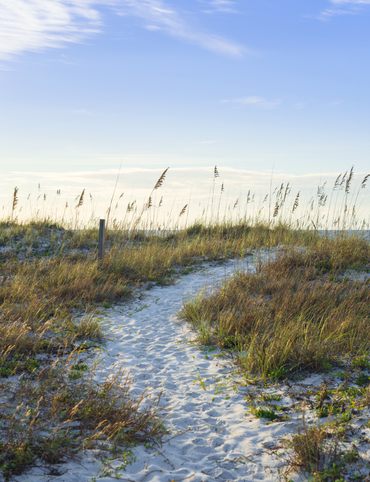
2 Perfect Days in Pensacola
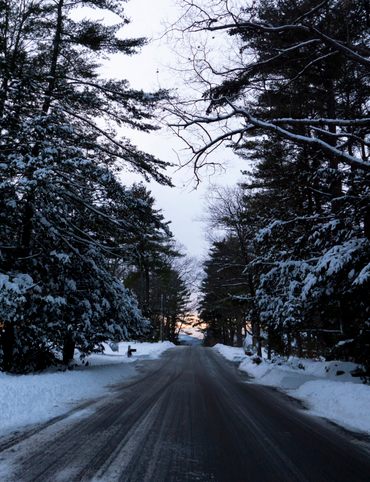
Rogue Routes: The Road to the Ice Castles

Taste of Tucson

North Iceland’s Untamed Coast

Hidden Edinburgh
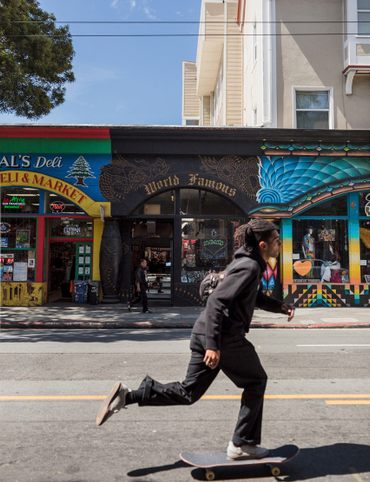
Hidden Haight-Ashbury
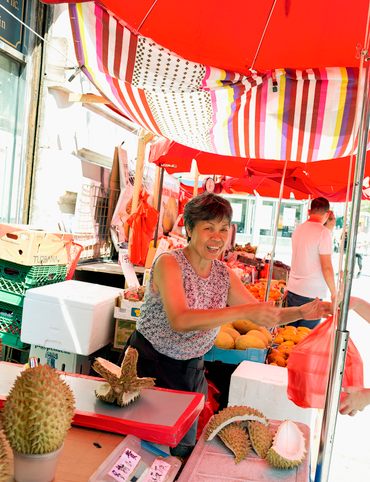
The Many Flavors of NYC’s Five Boroughs
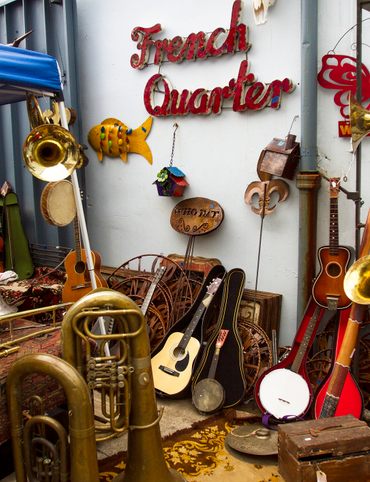
Hidden French Quarter
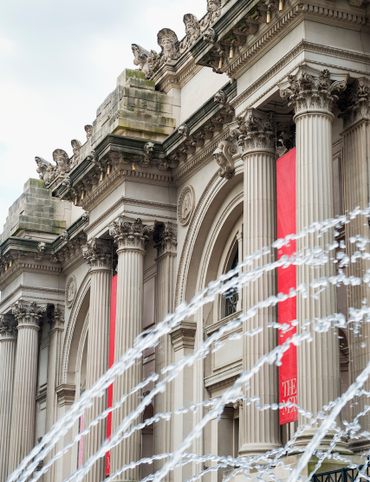
The Metropolitan Museum of Art
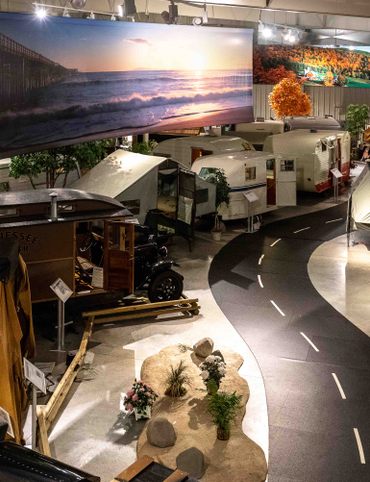
Motown to Music City Road Trip

Gulf Coast Road Trip

Hidden Coachella Valley
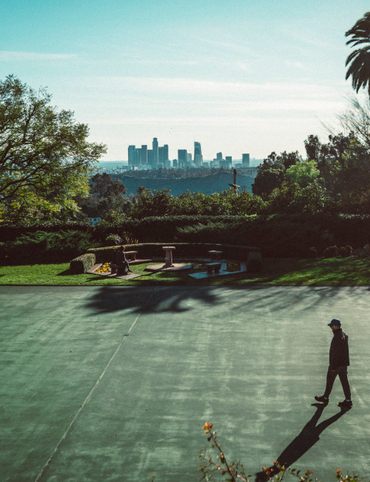
Highland Park

Venice

L.A.’s Downtown Arts District
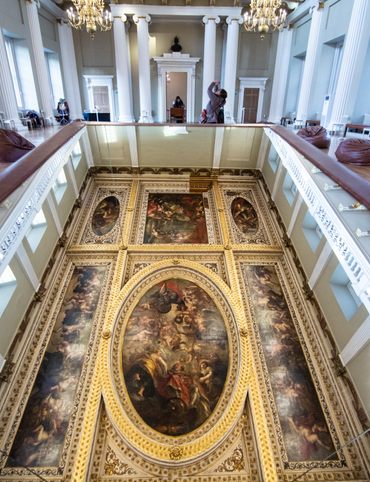
Hidden Trafalgar Square

Secrets of NYC’s Five Boroughs
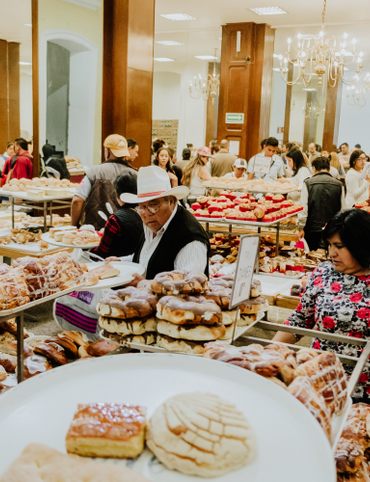
Mexico City's Centro Histórico

Hidden Hollywood
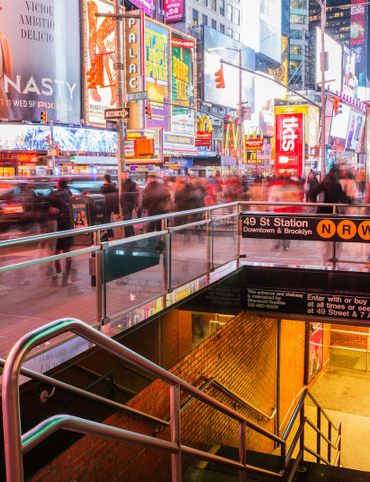
Hidden Times Square

Summer Radio Road-Trip
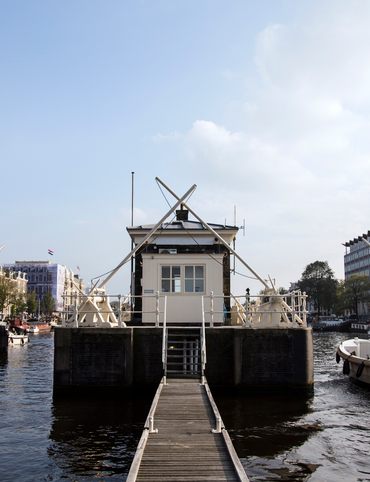
Amsterdam
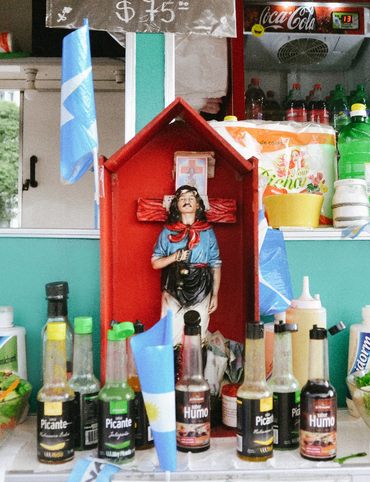
Buenos Aires
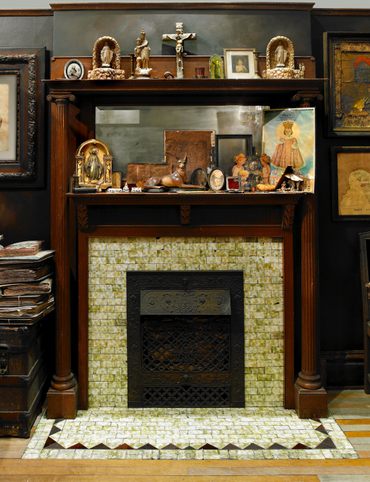
Chicago
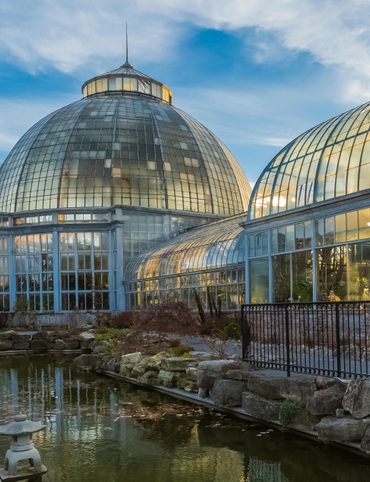
Detroit
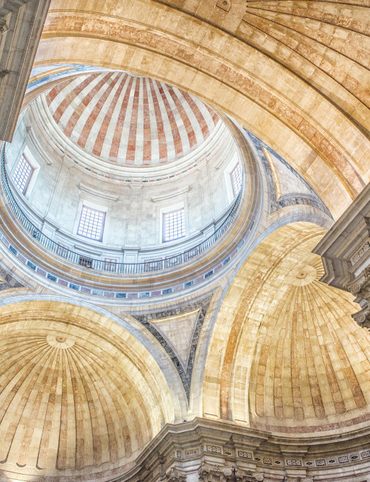
Lisbon

Miami
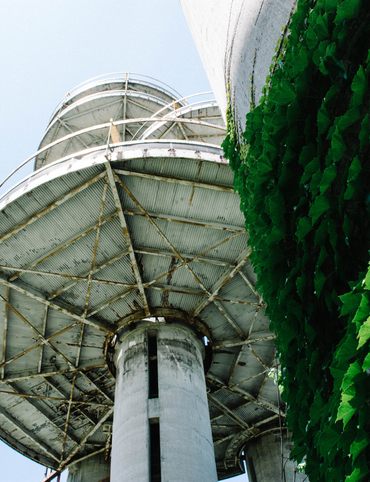
Queens

San Diego
